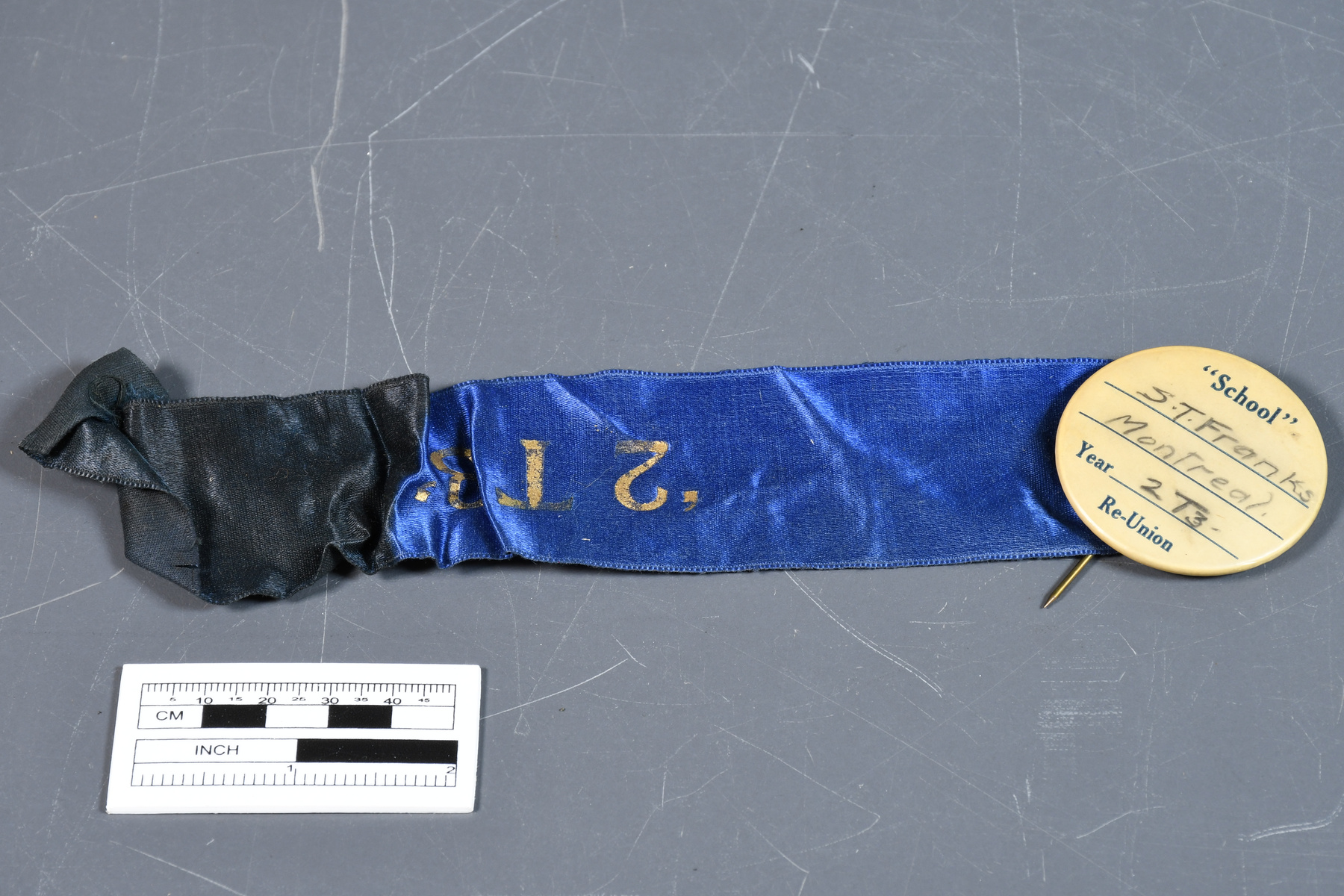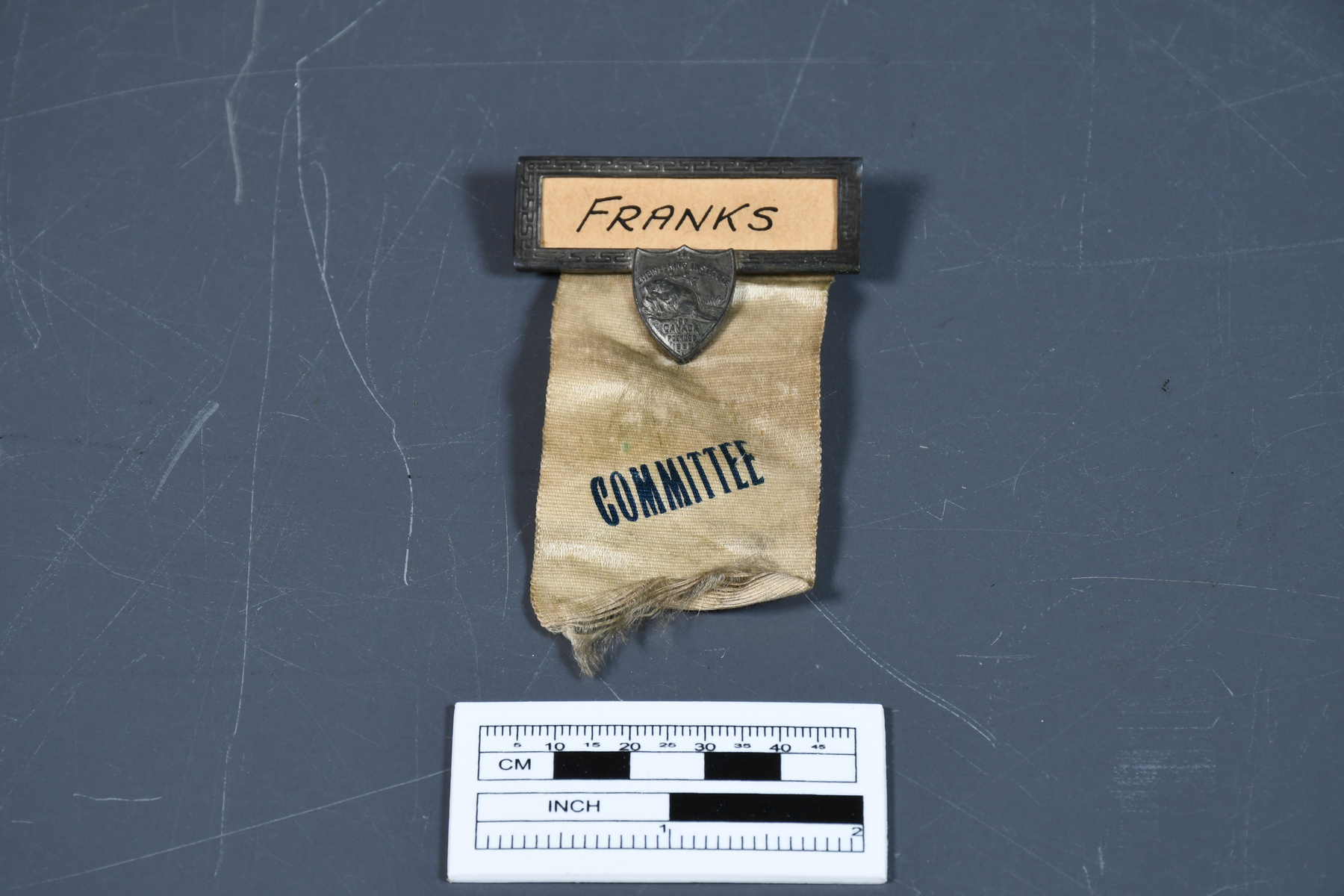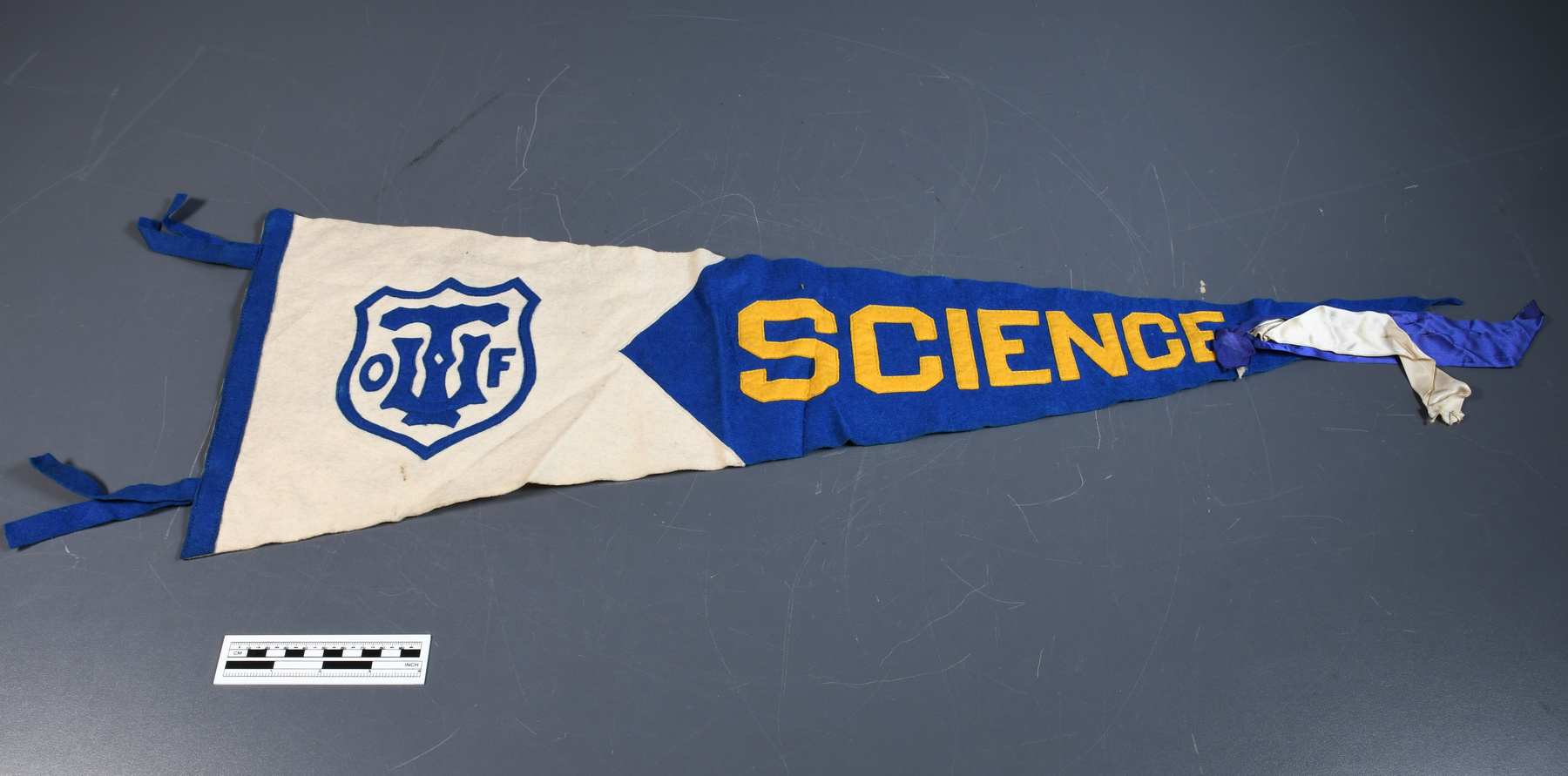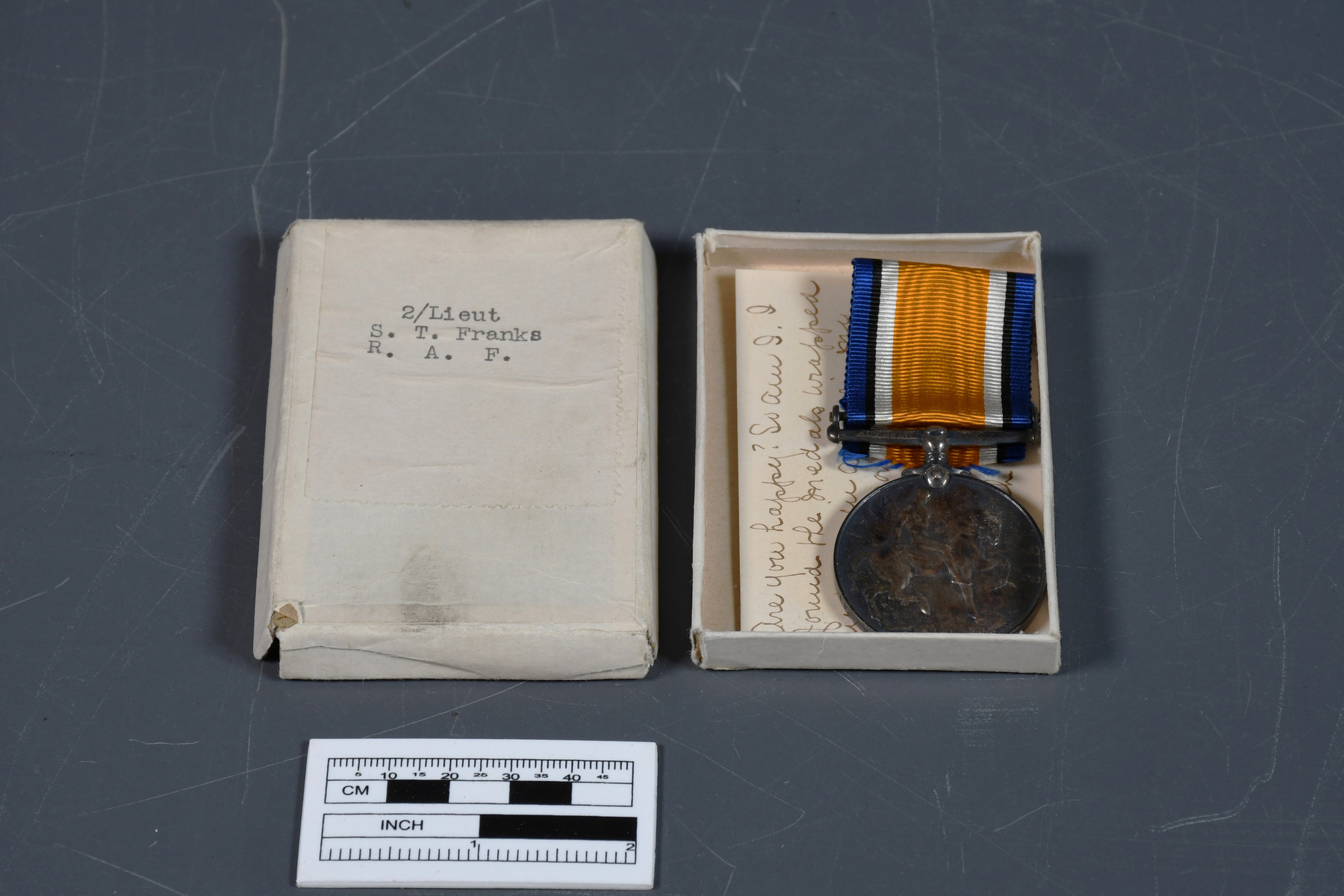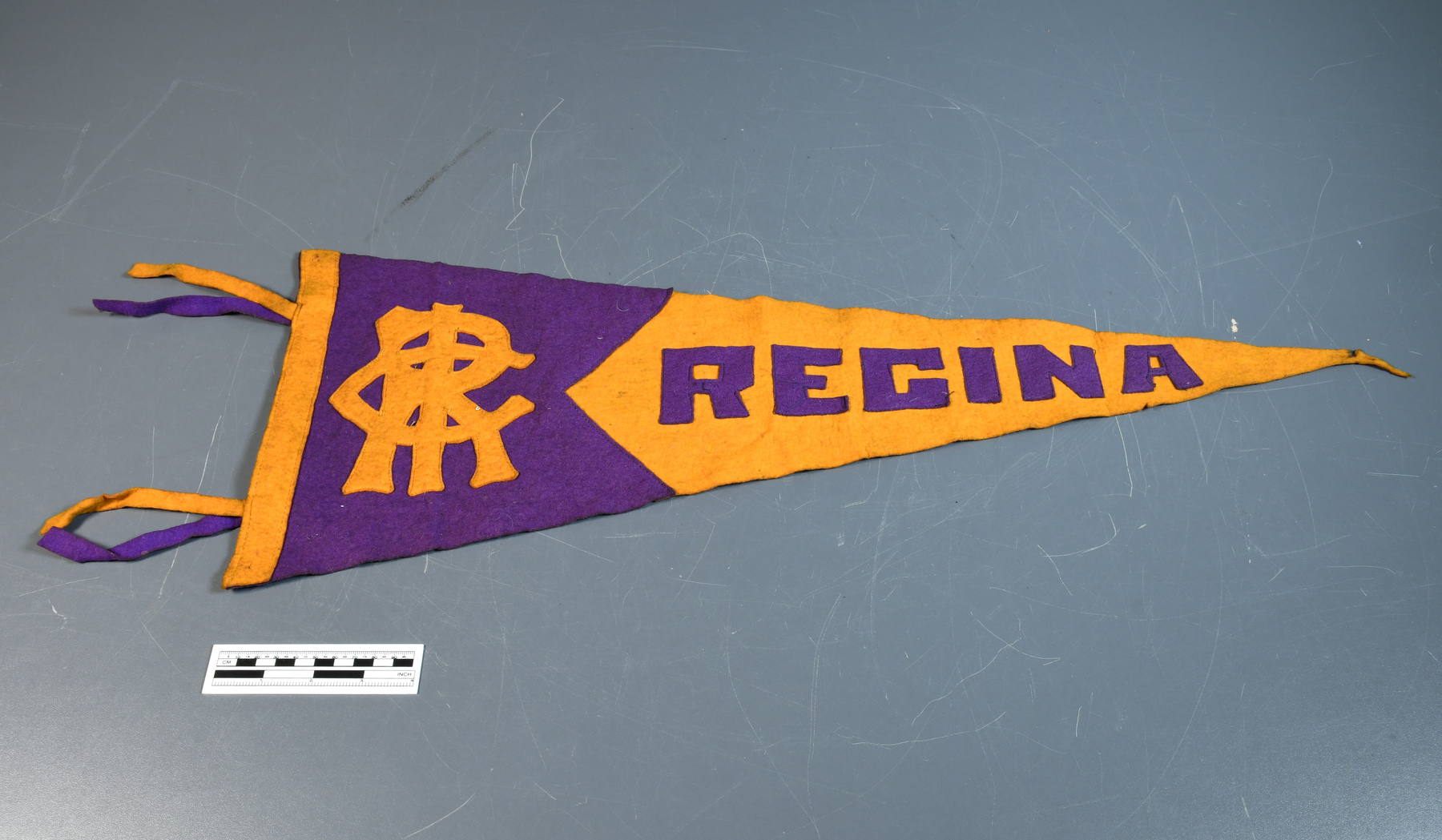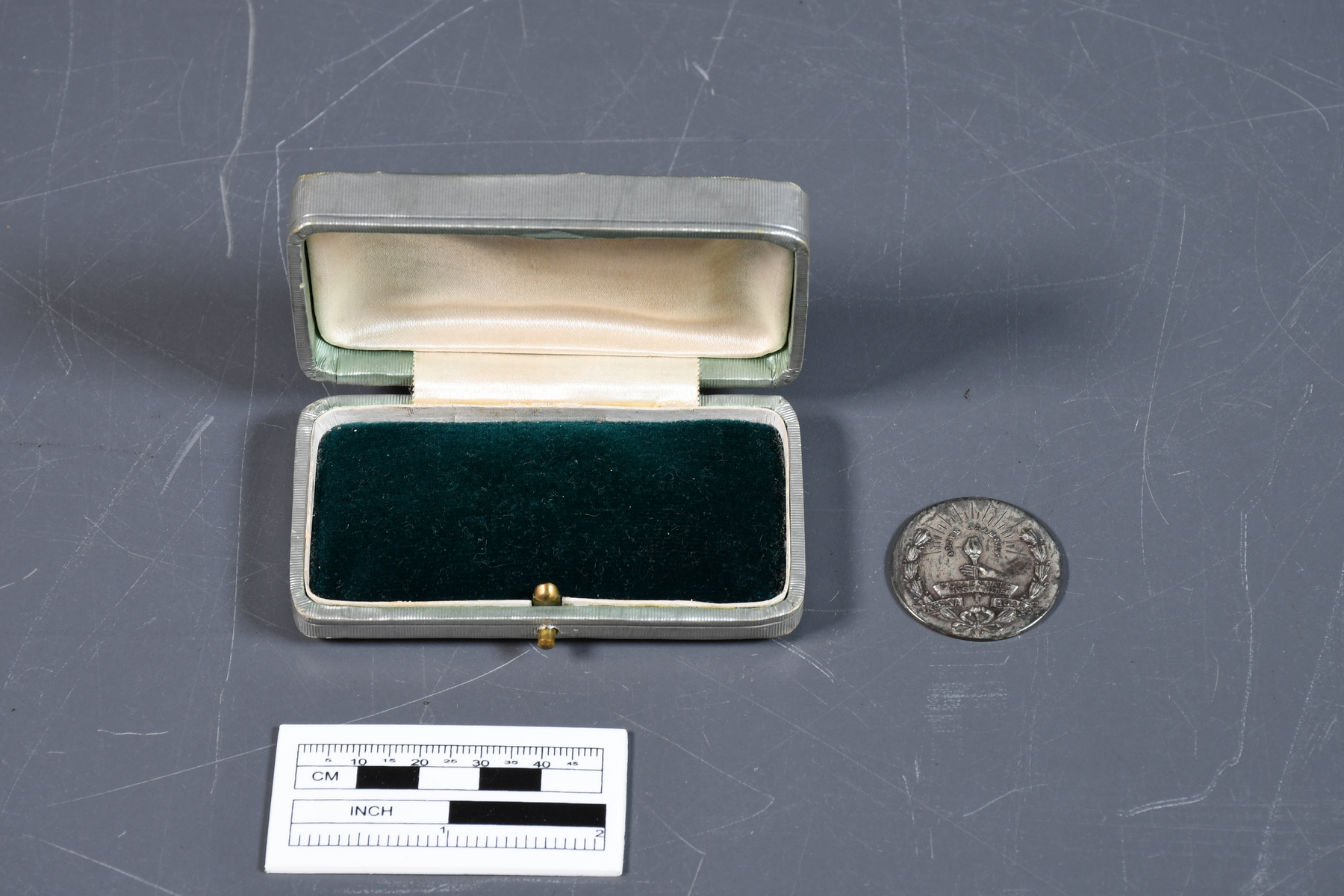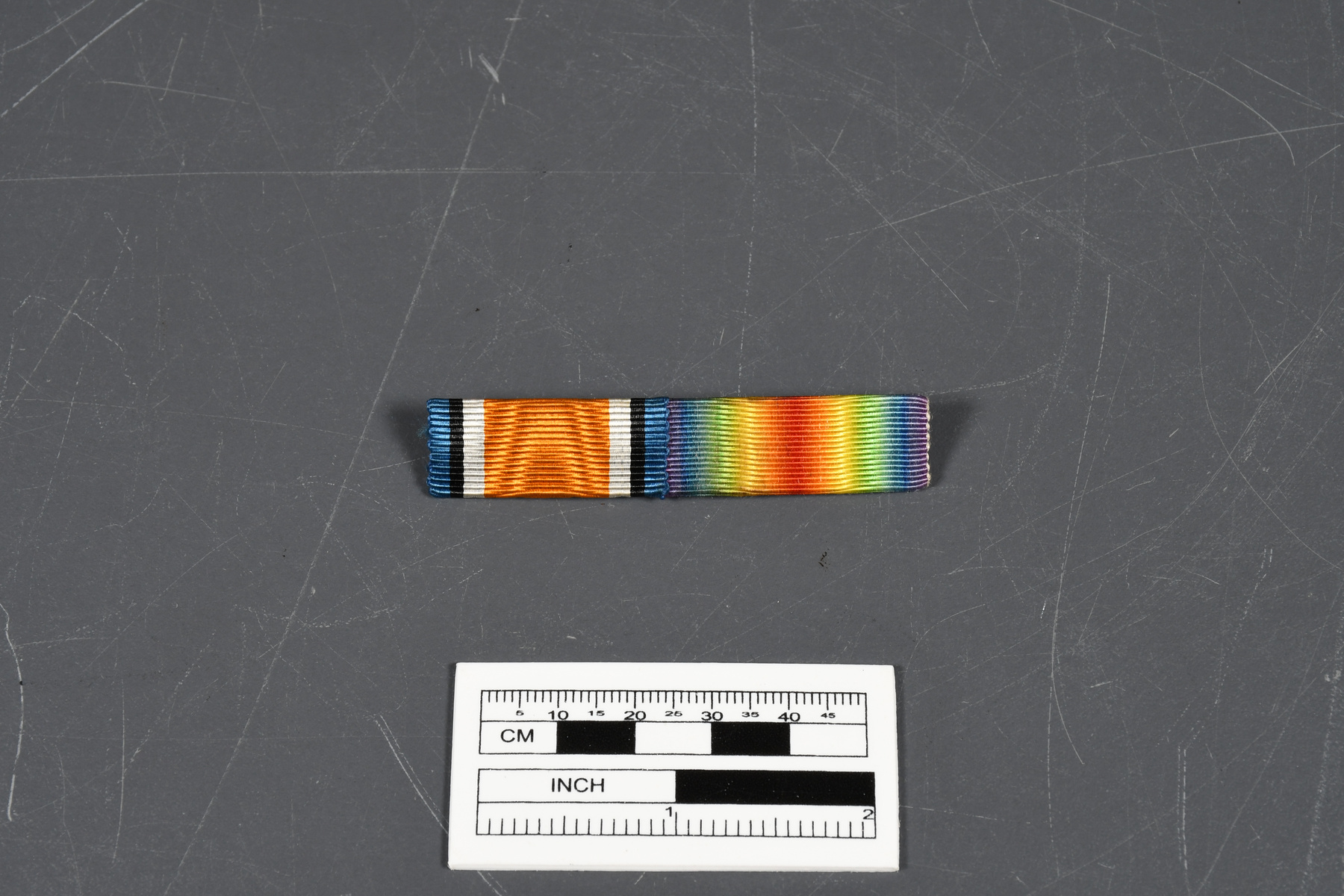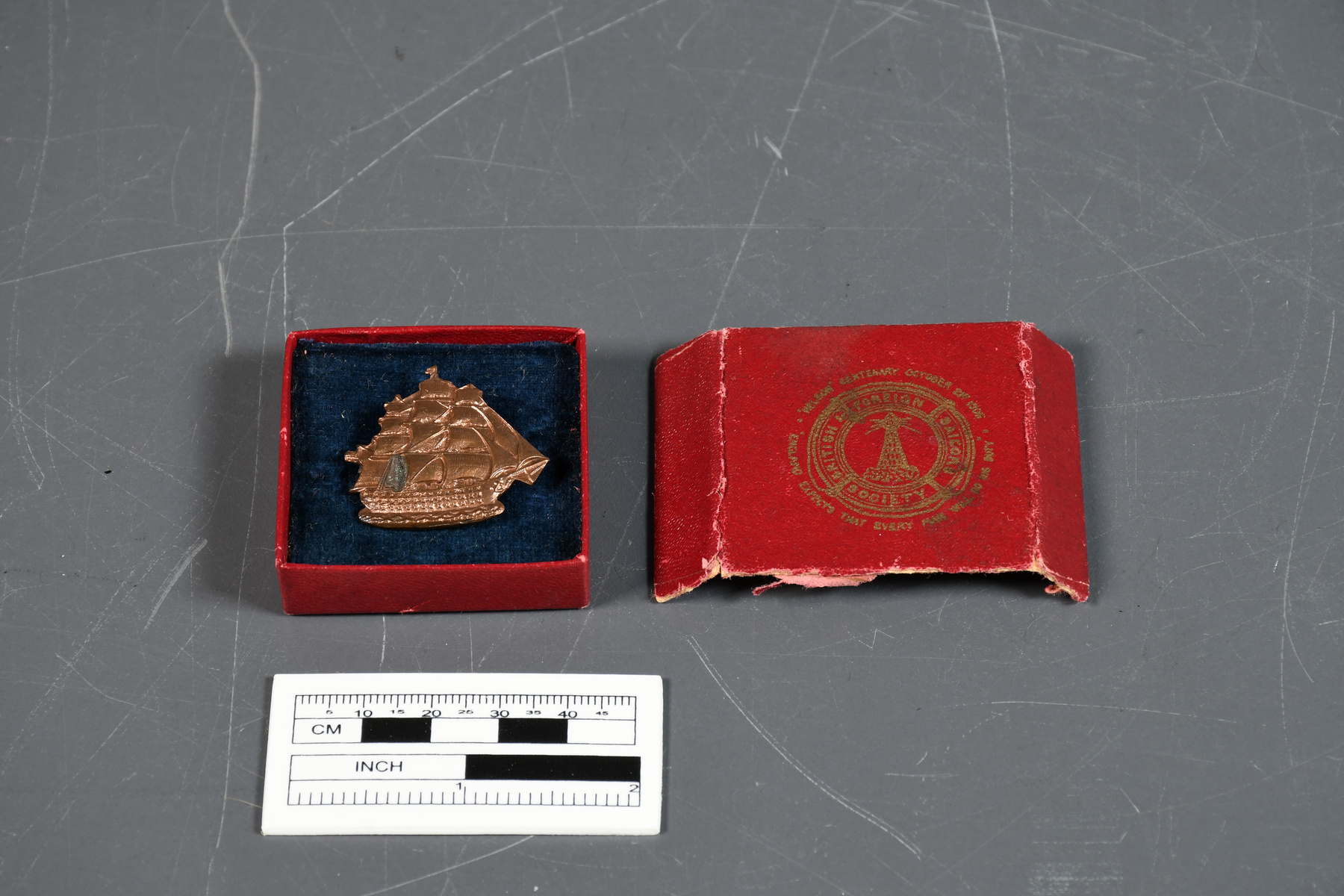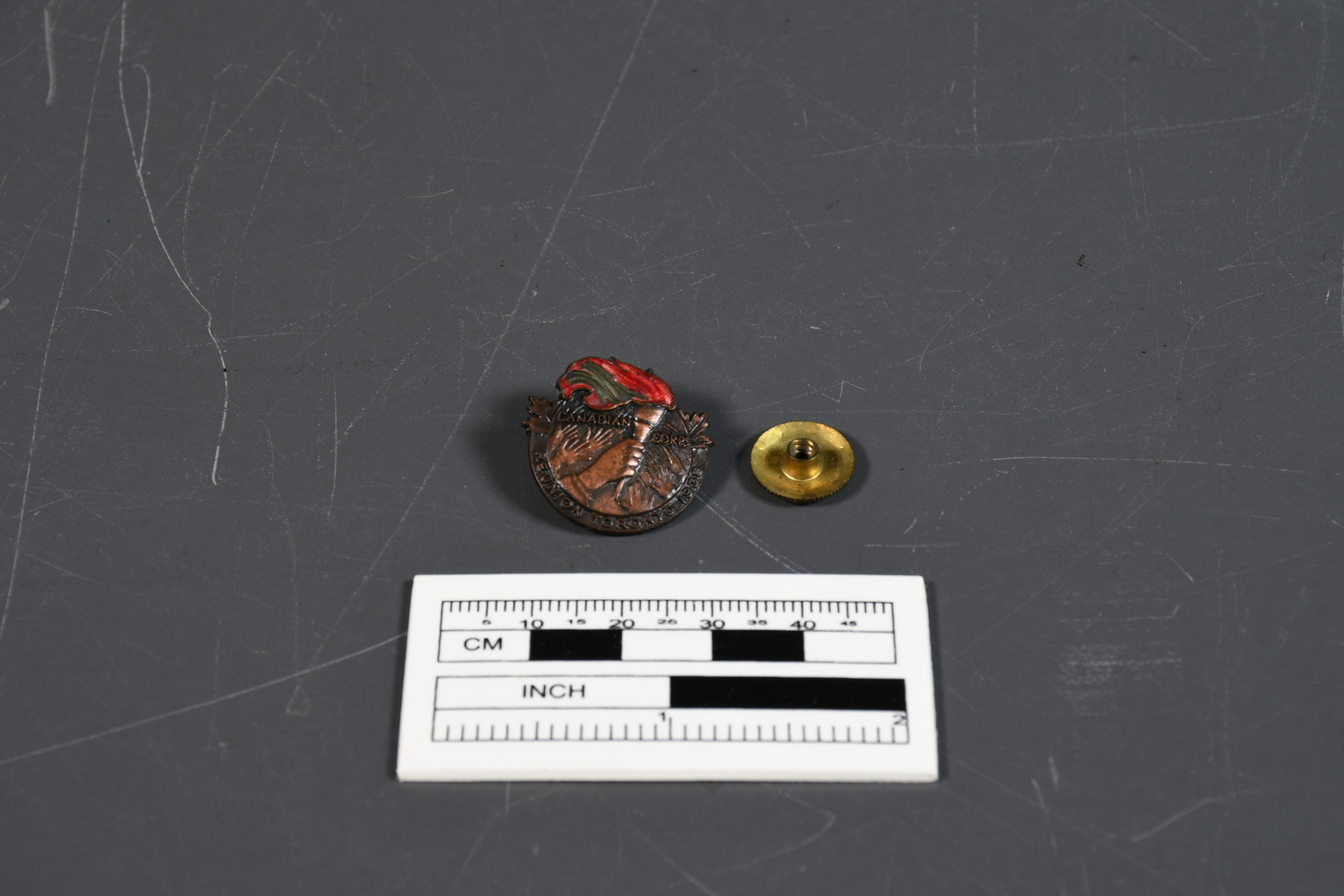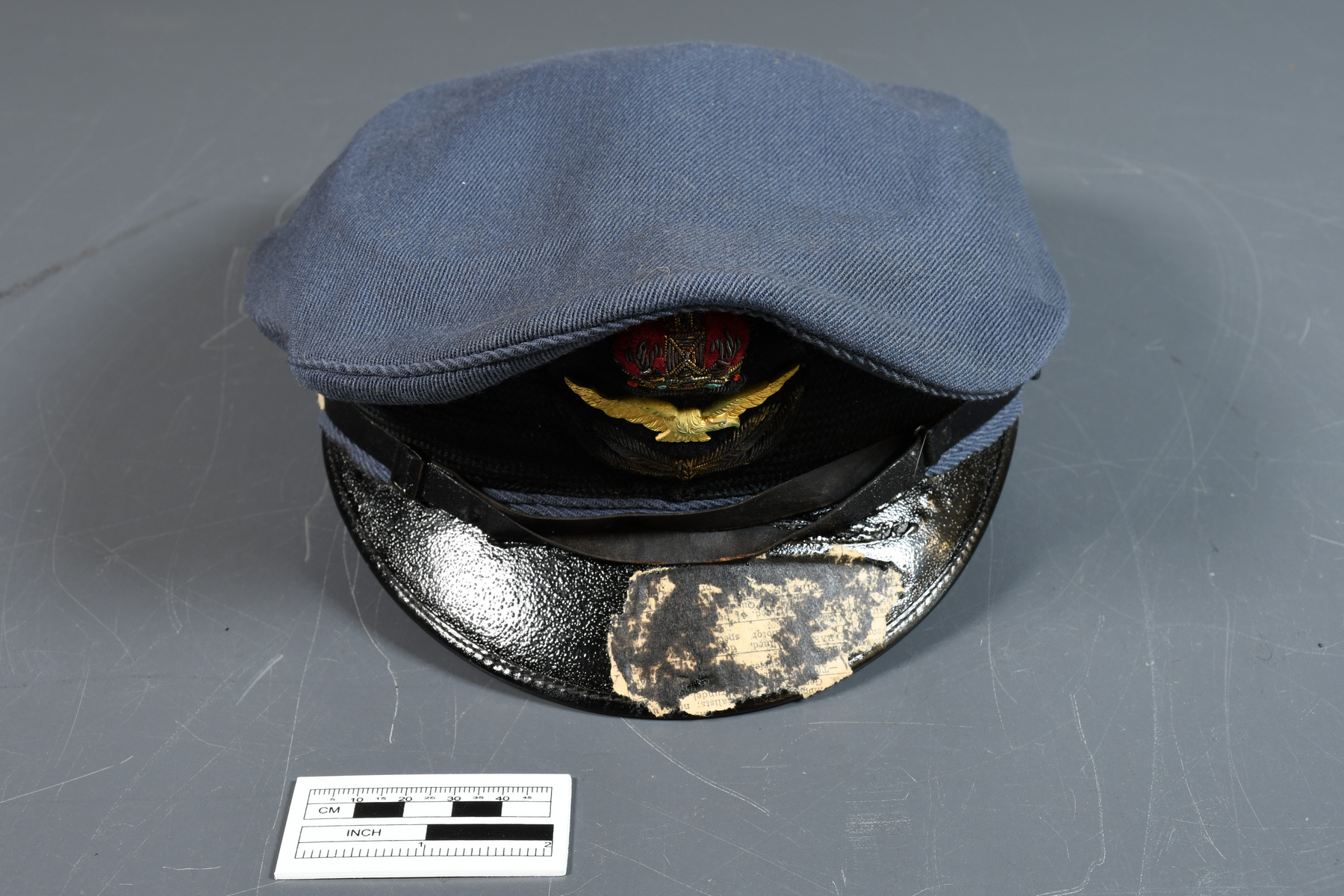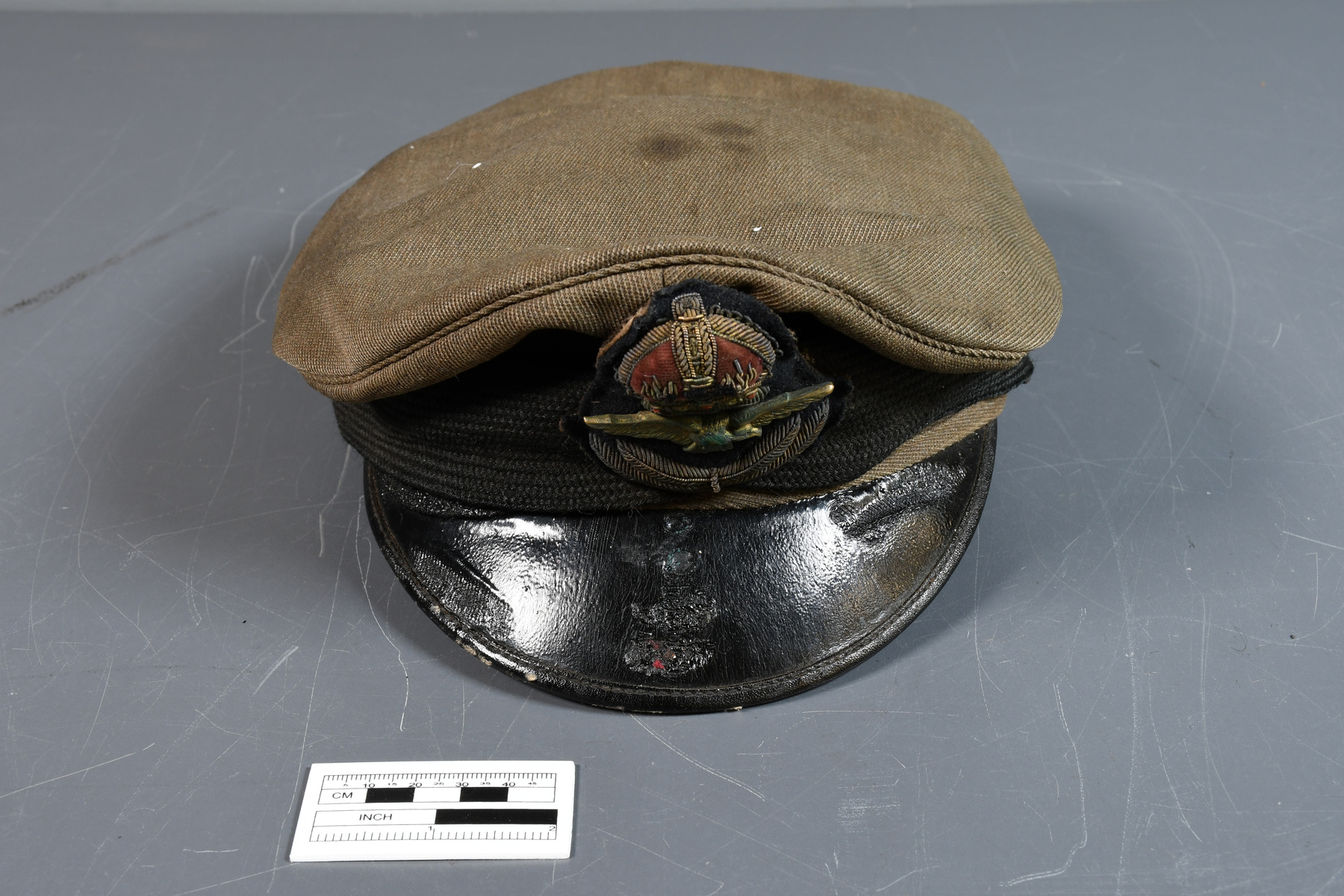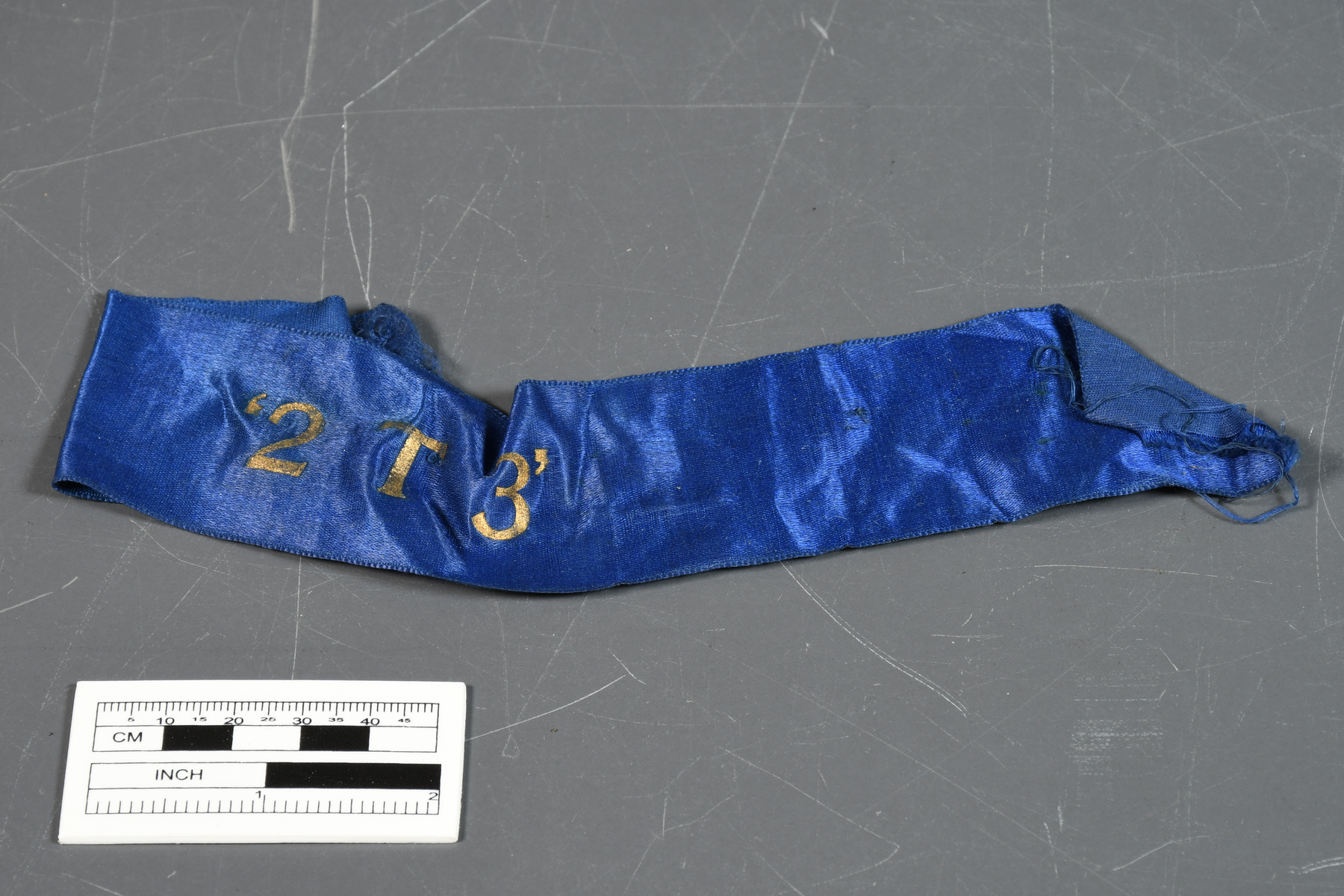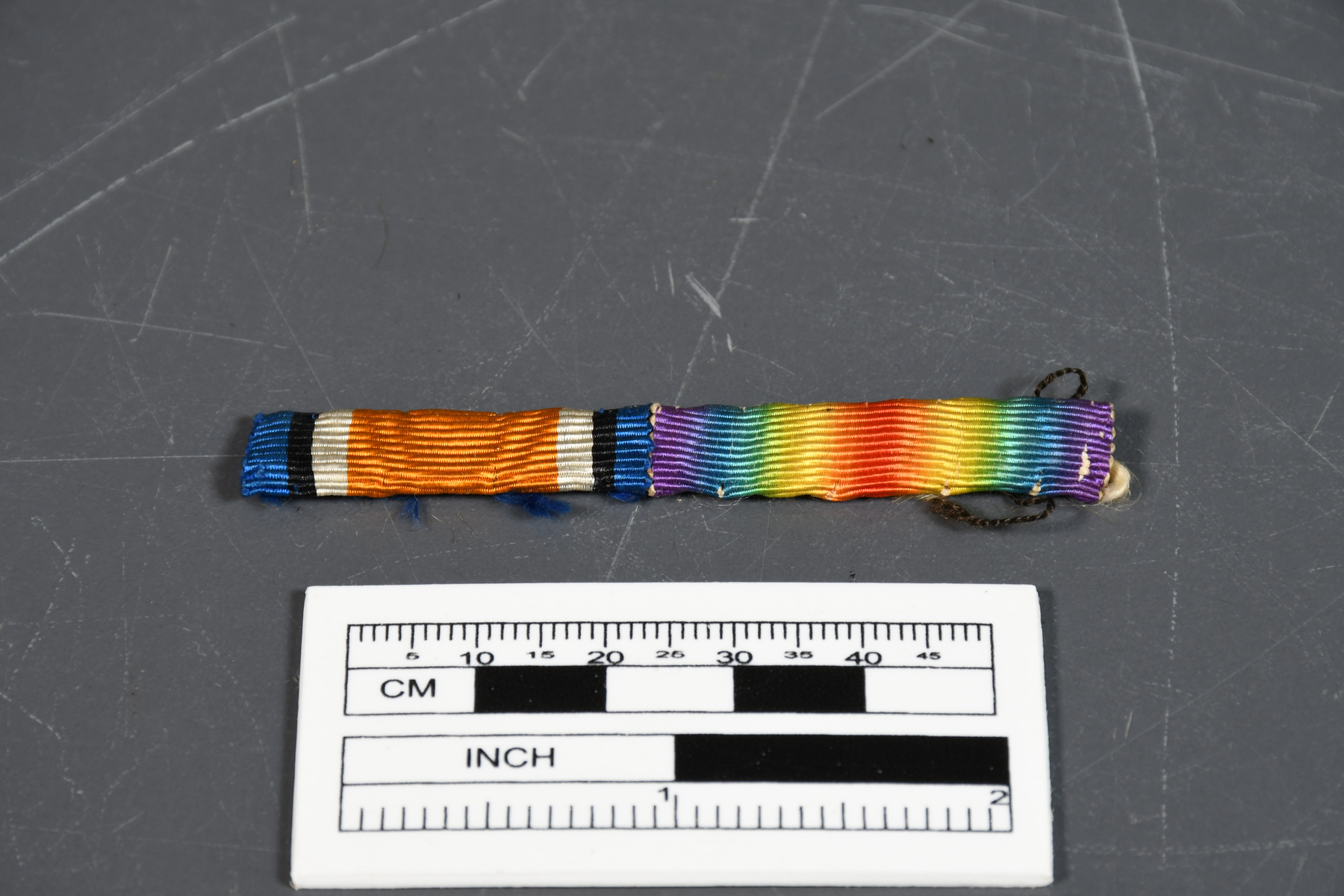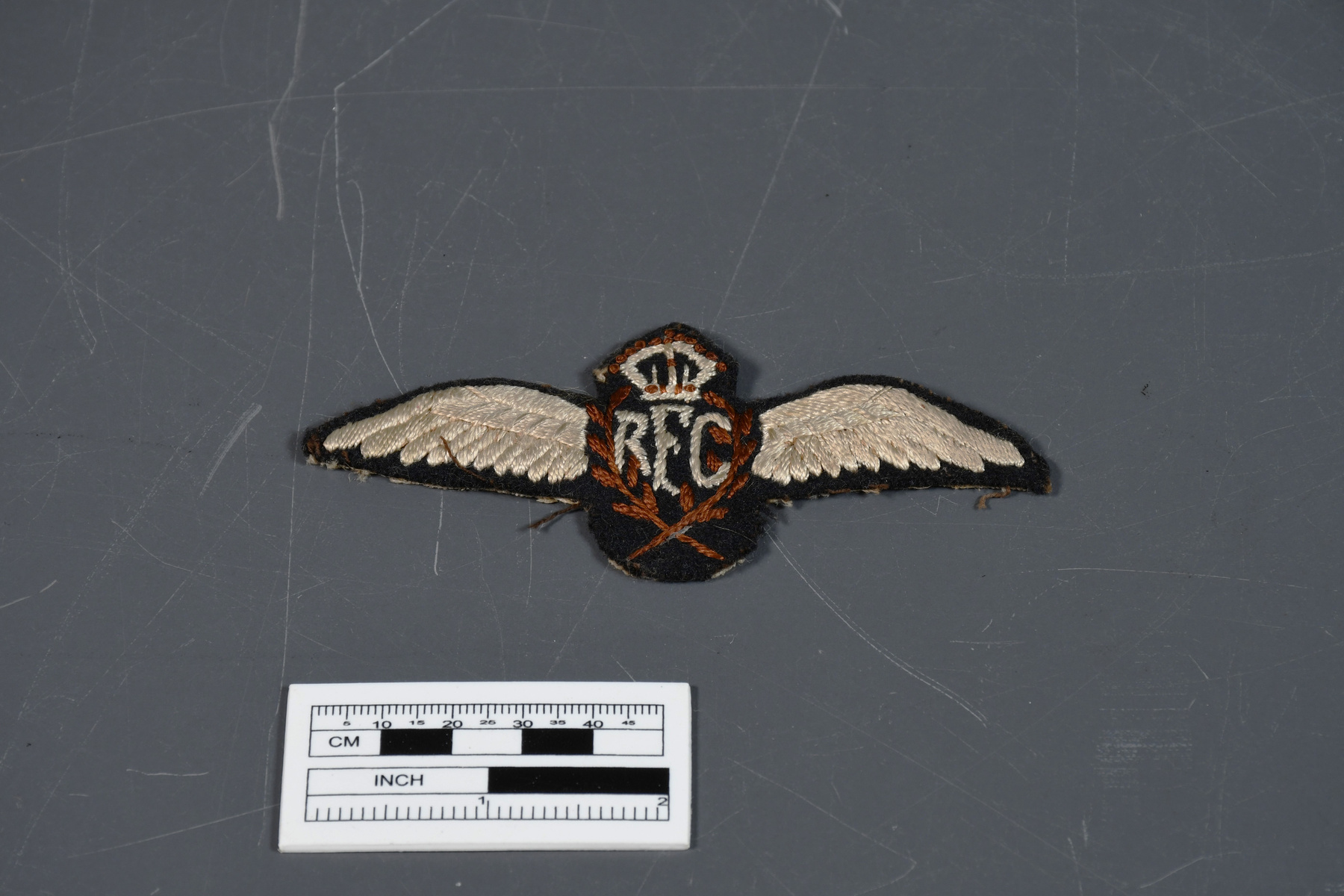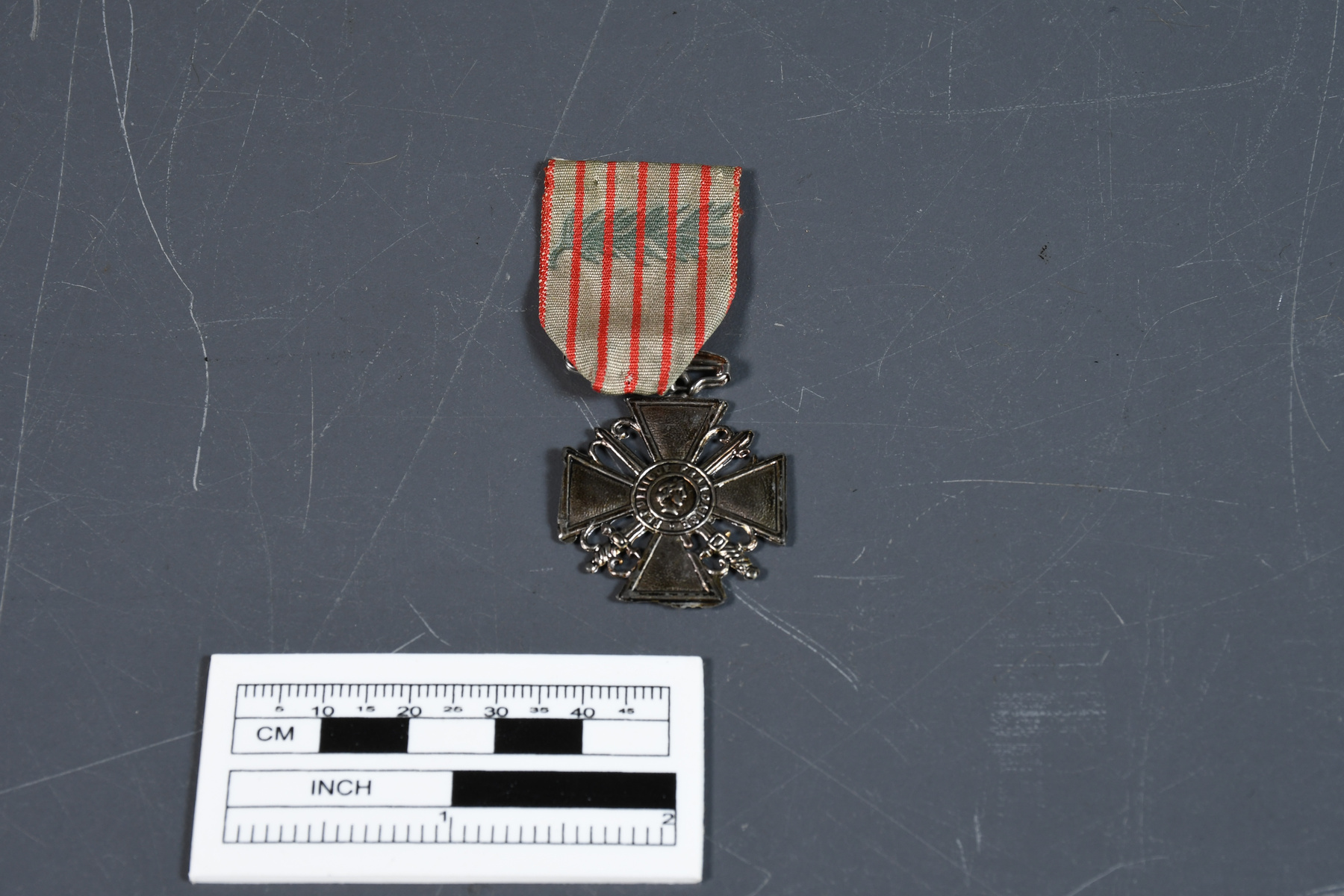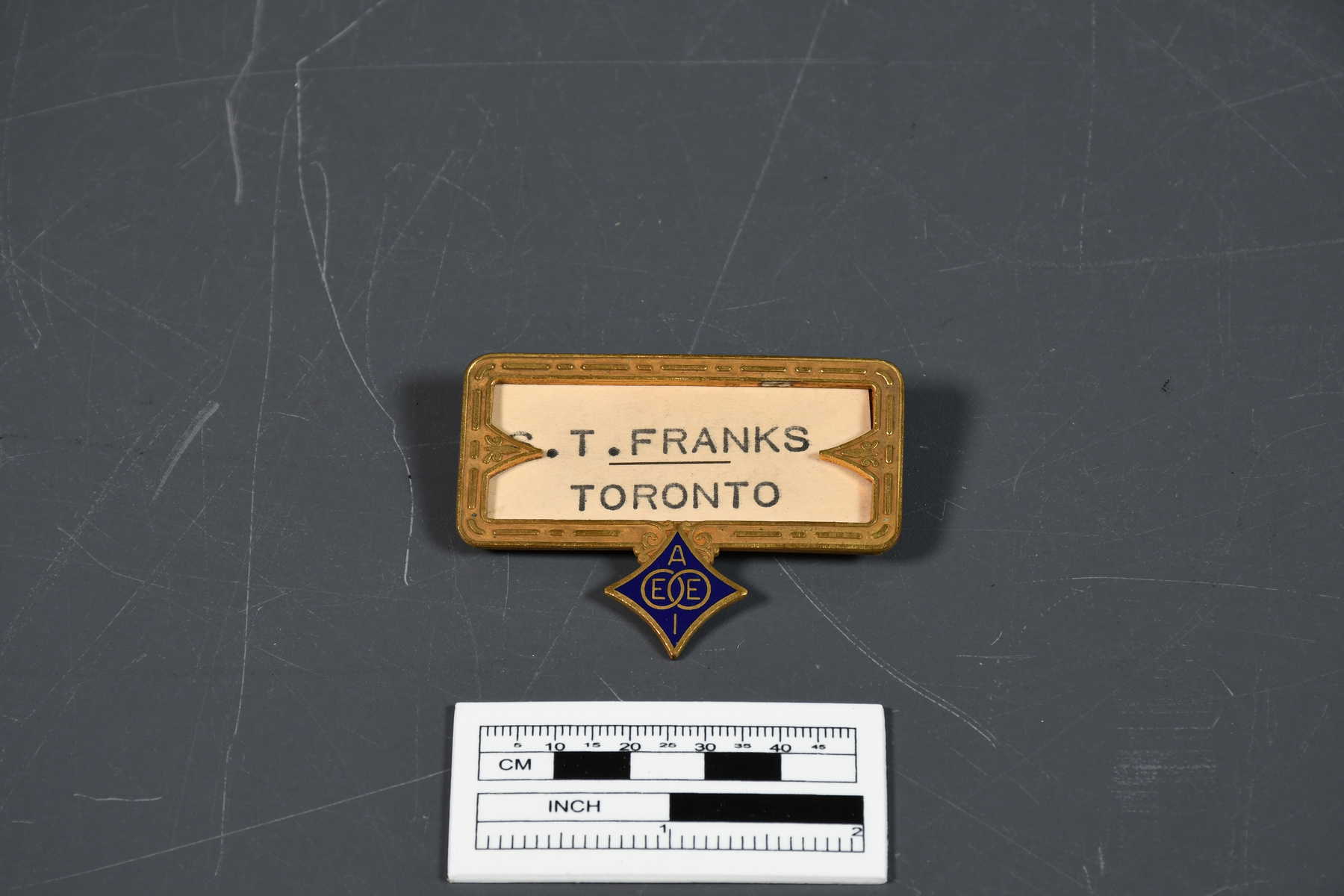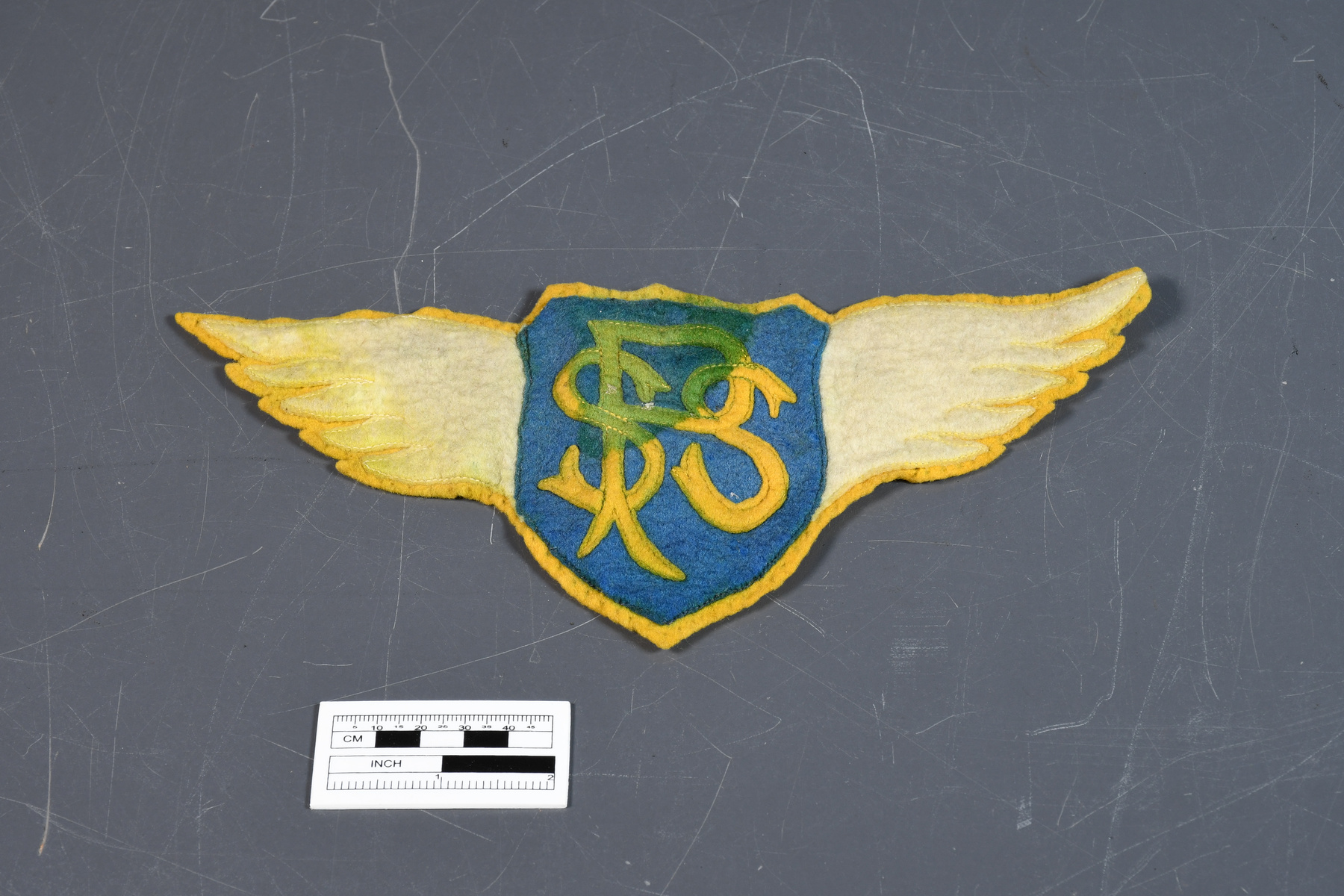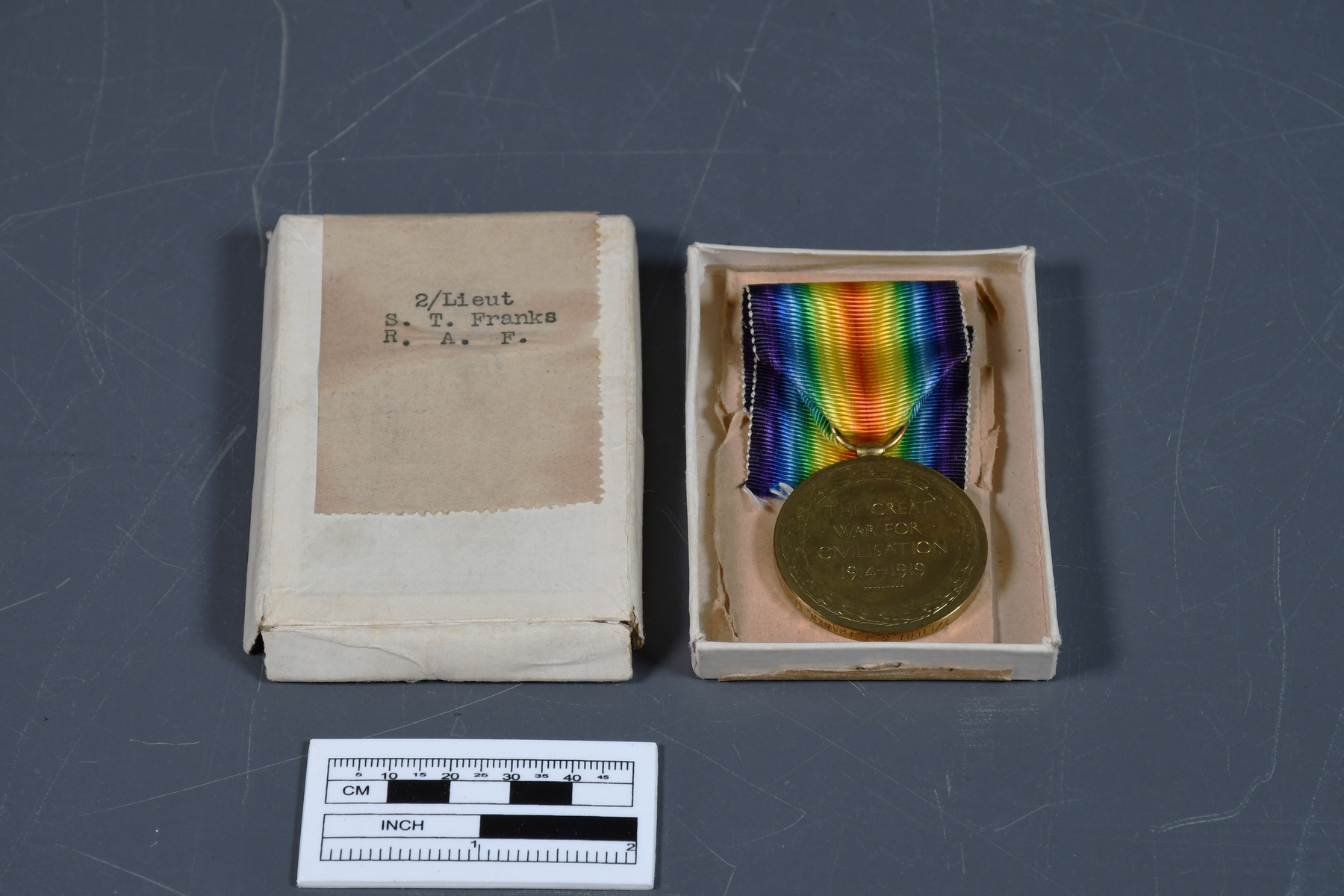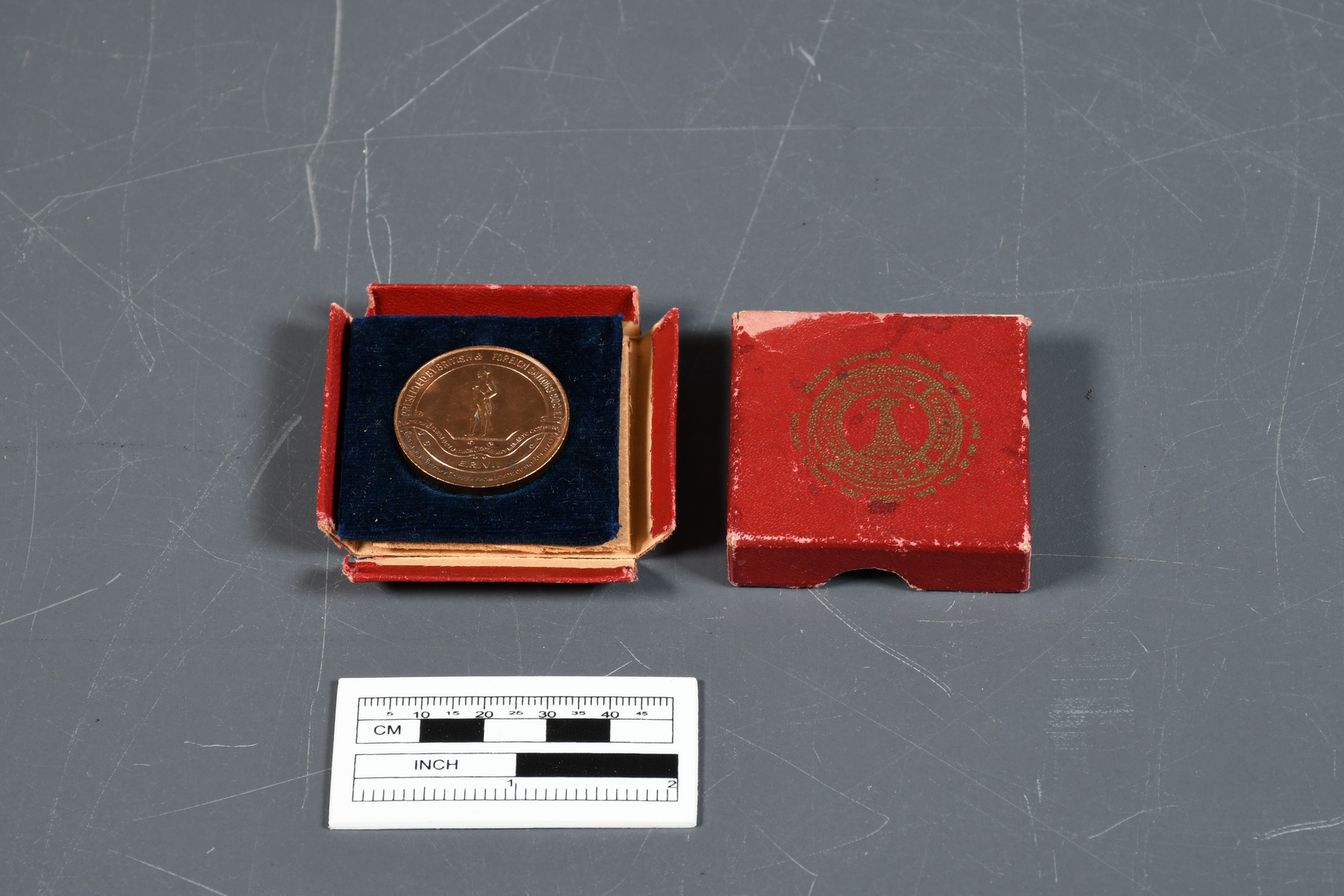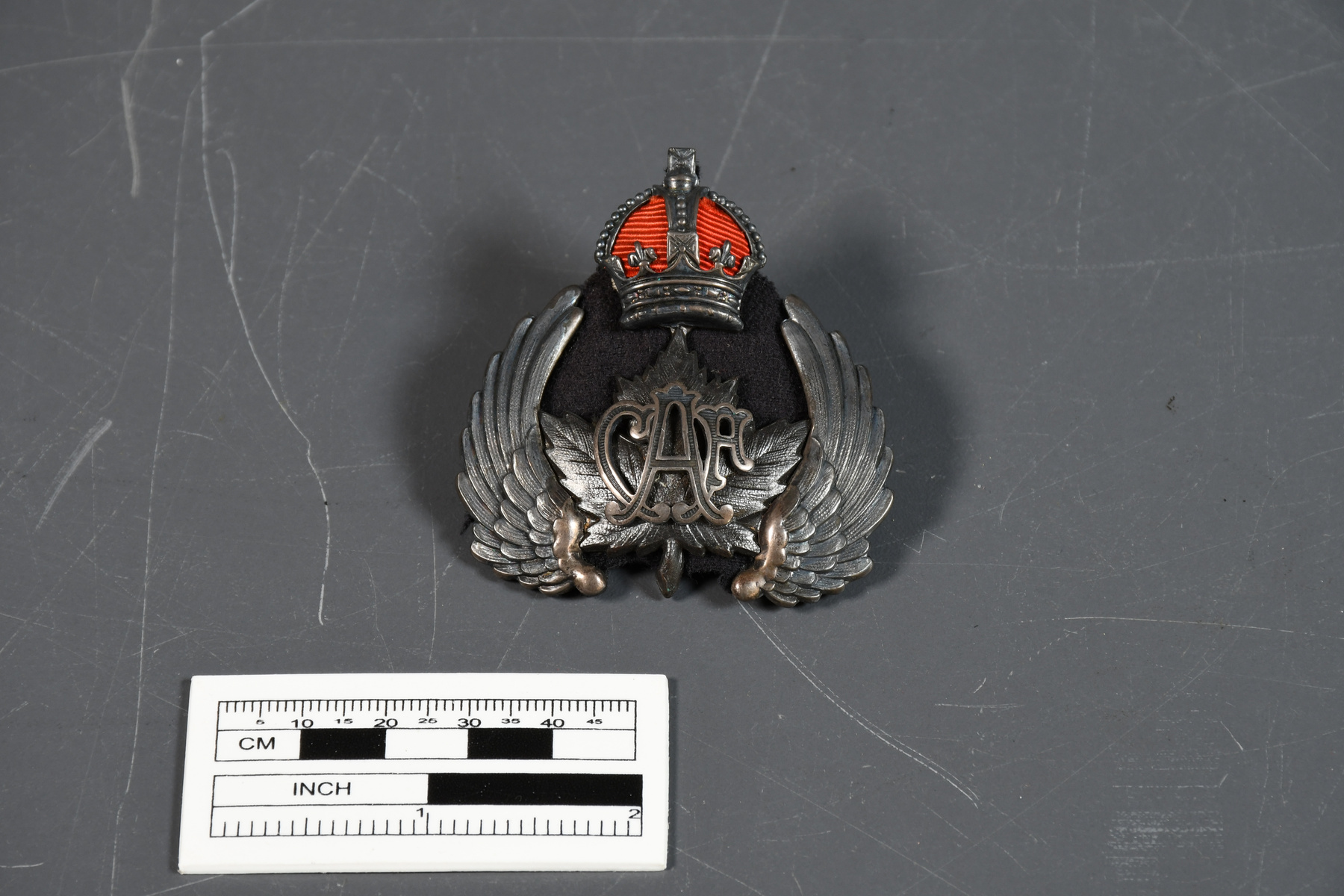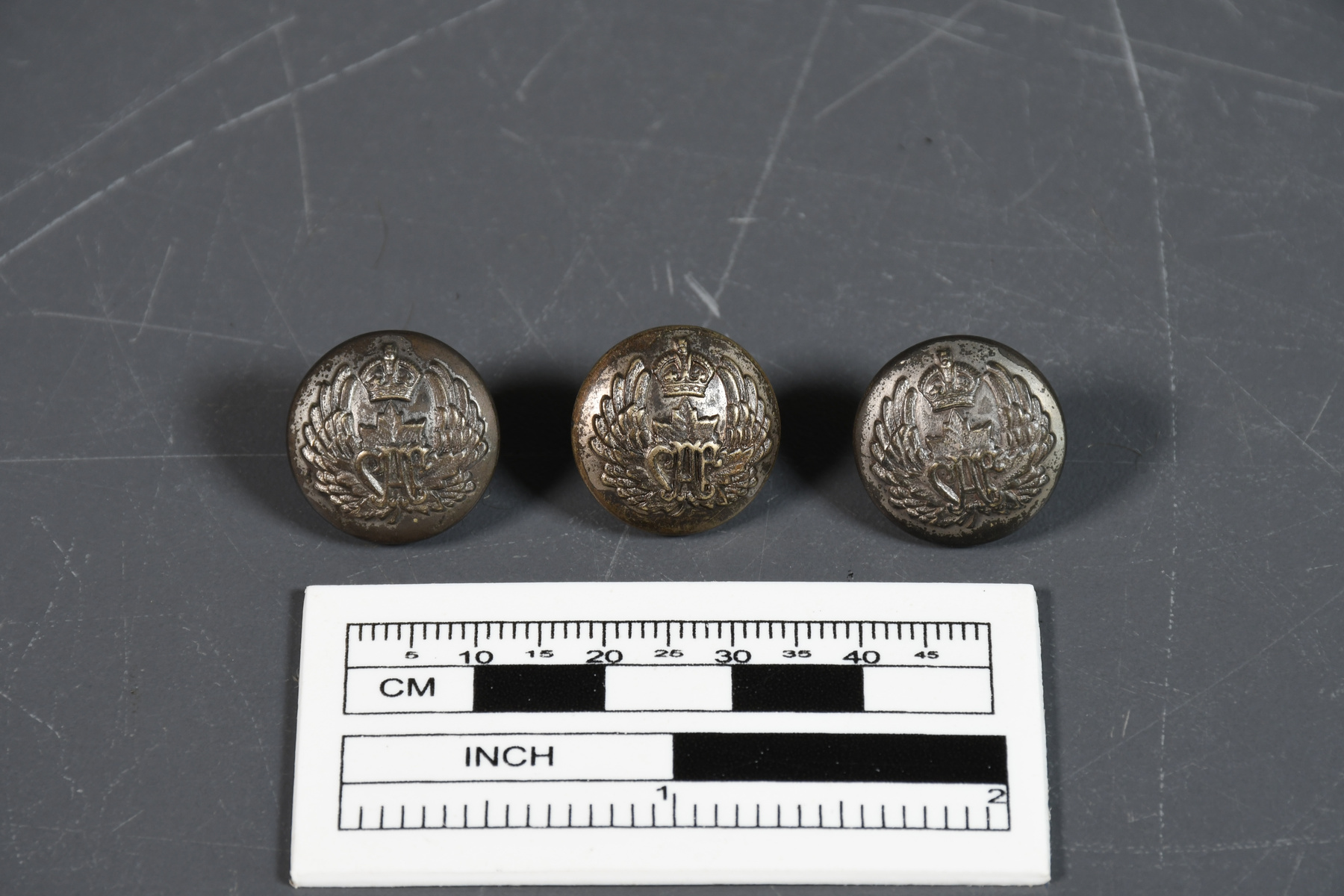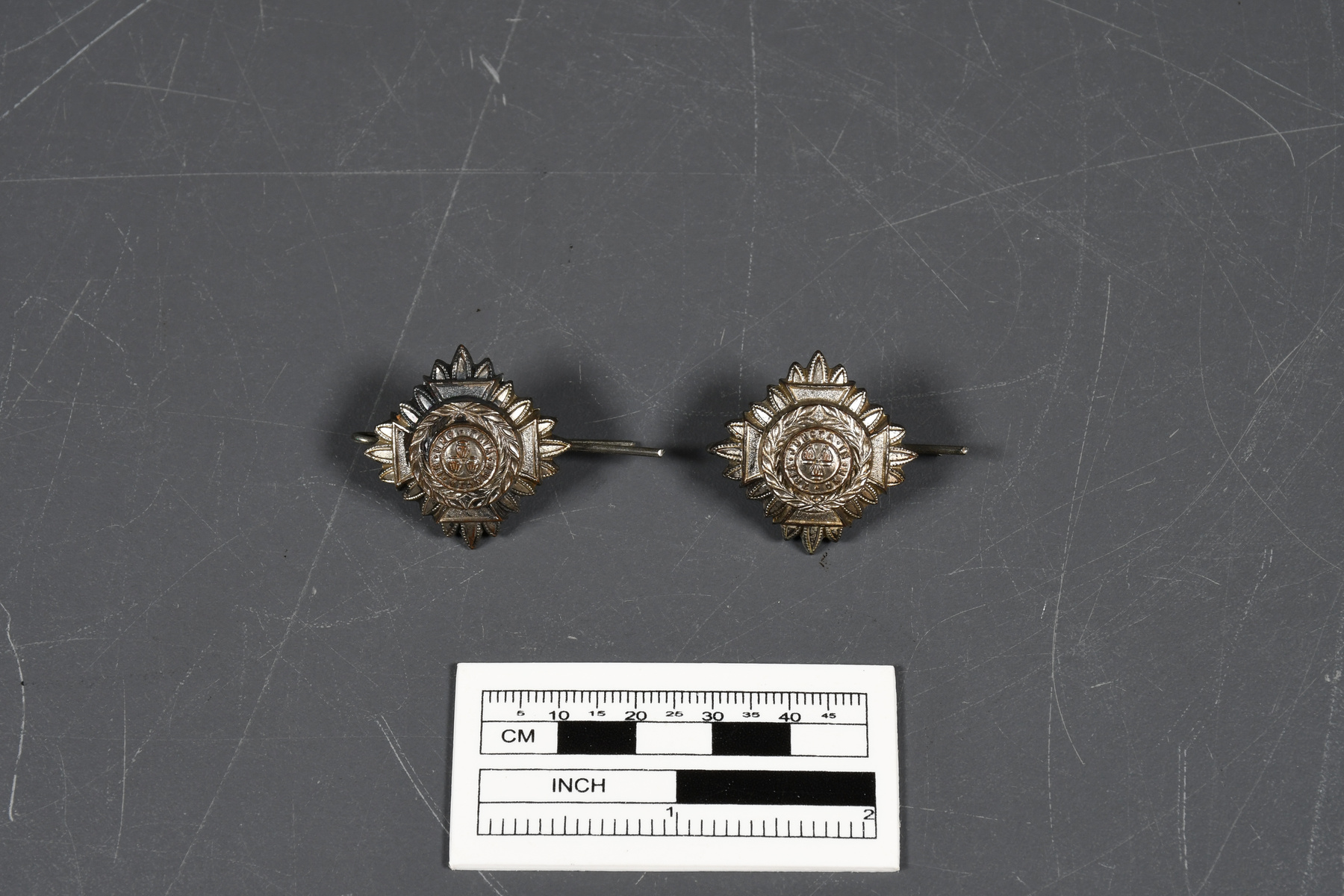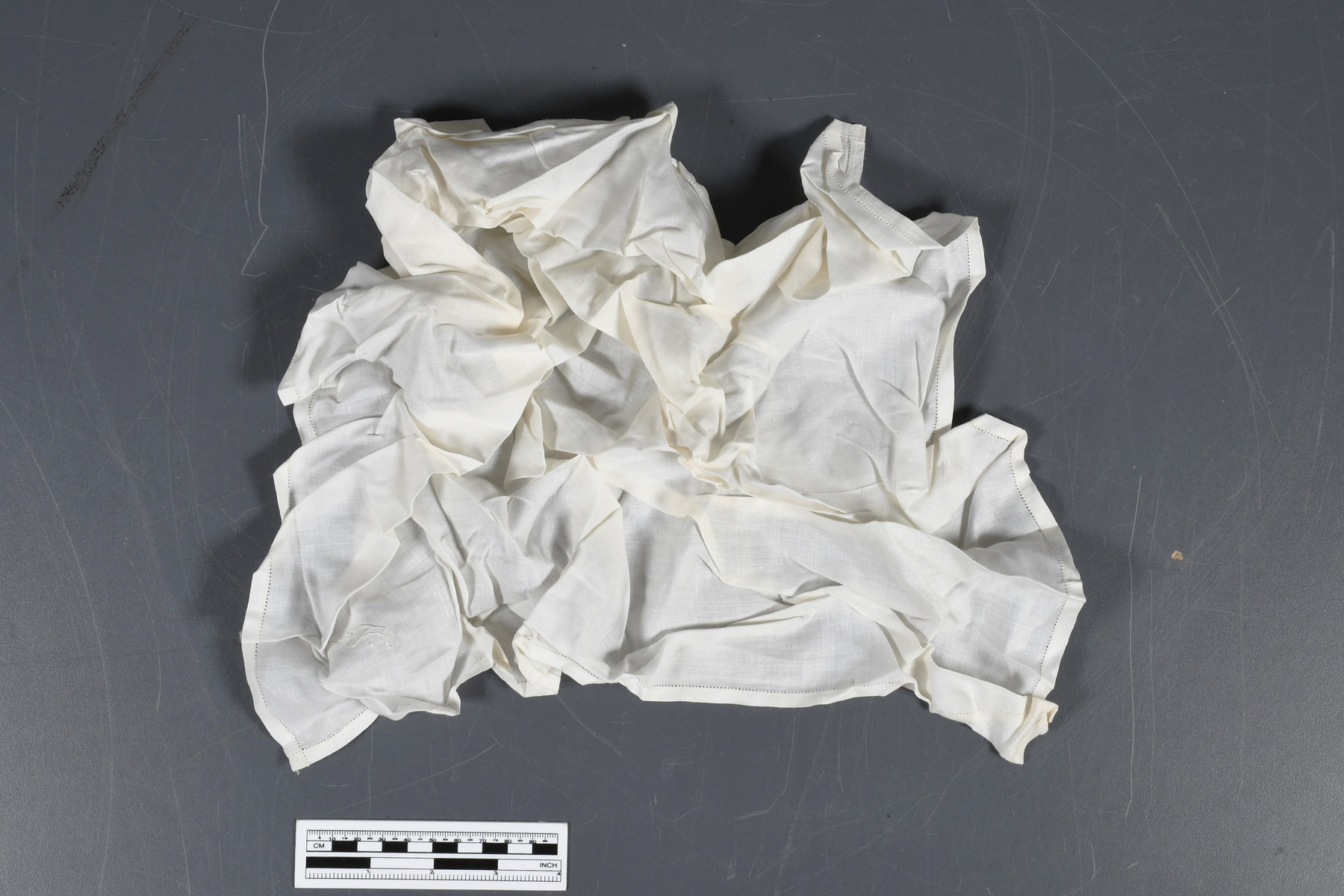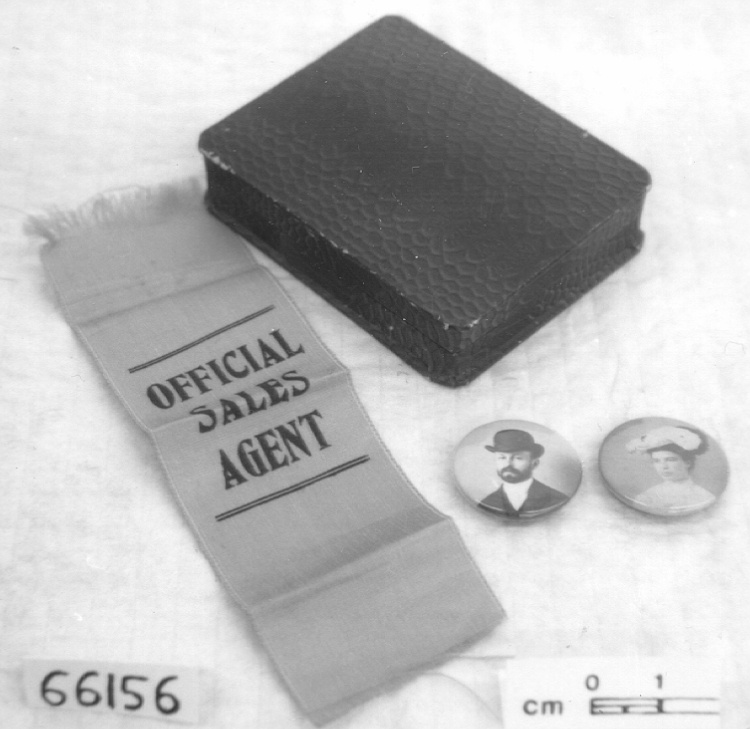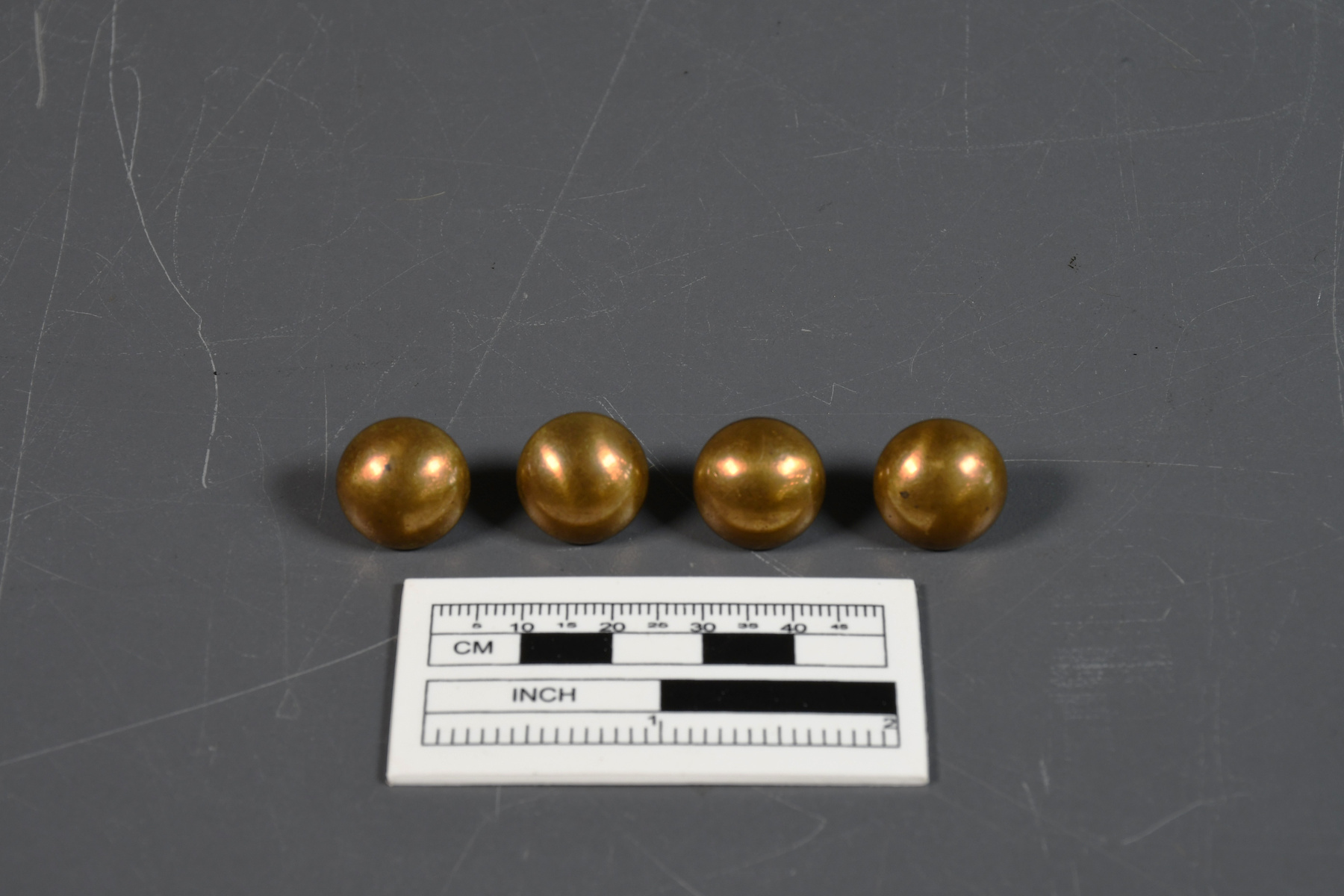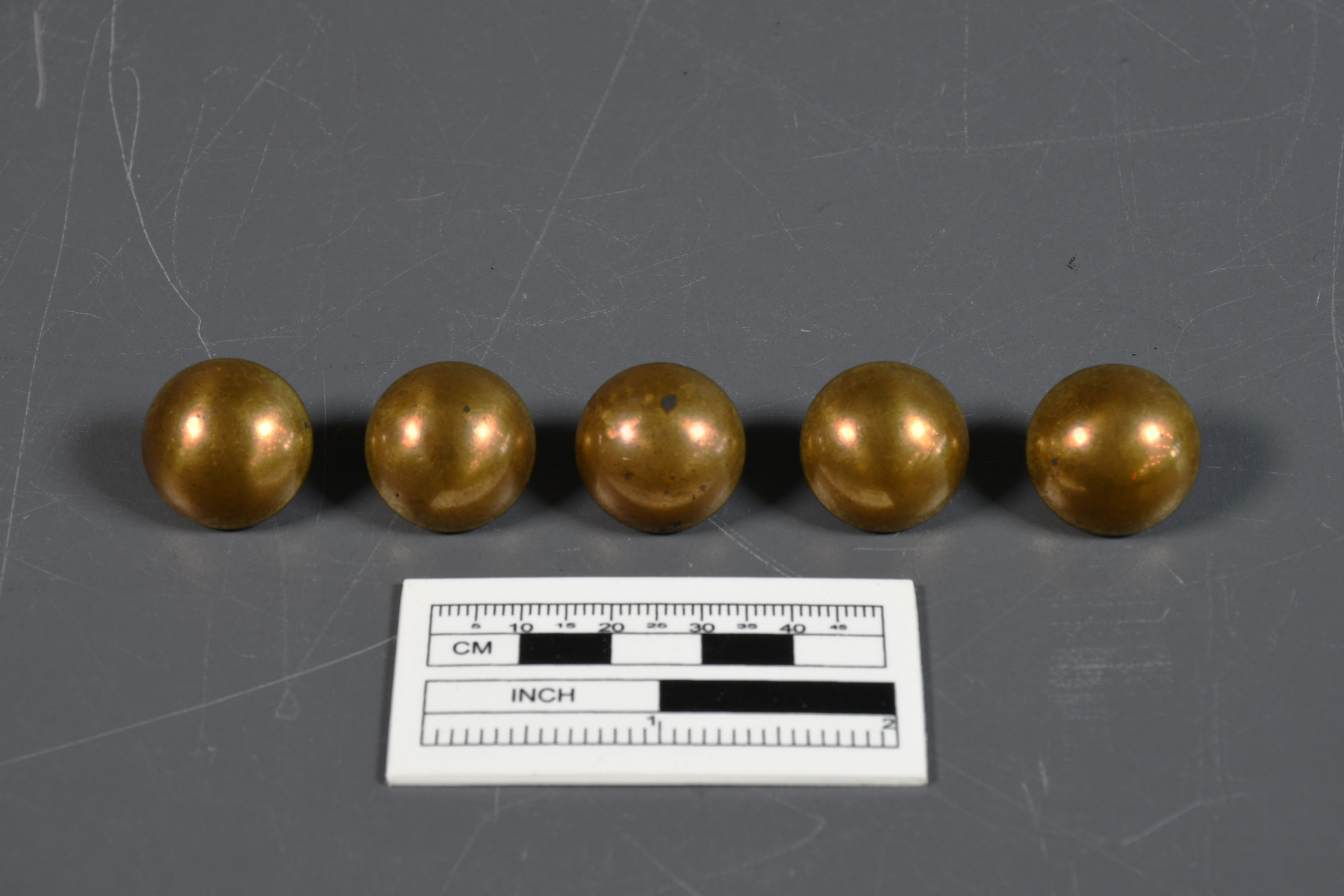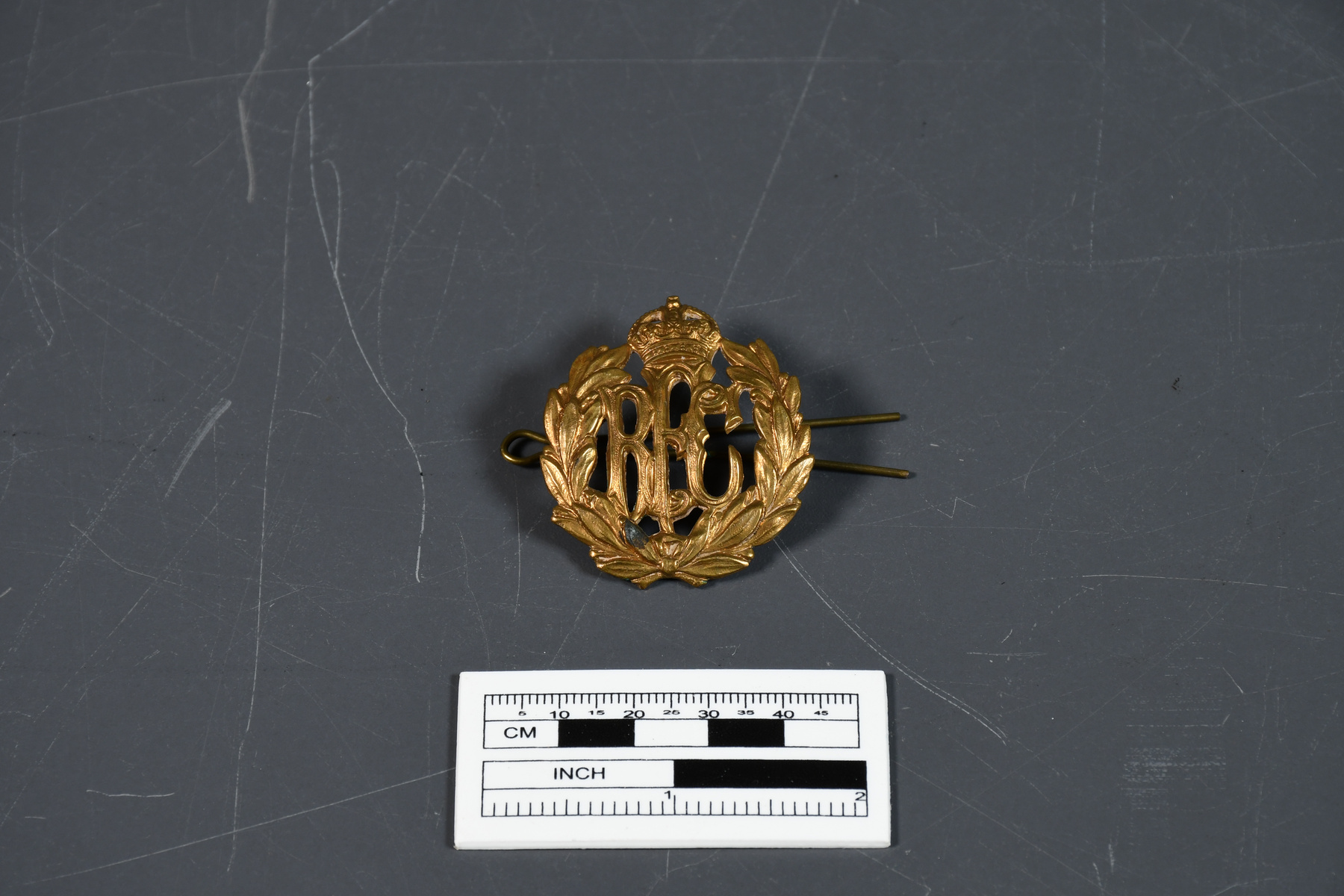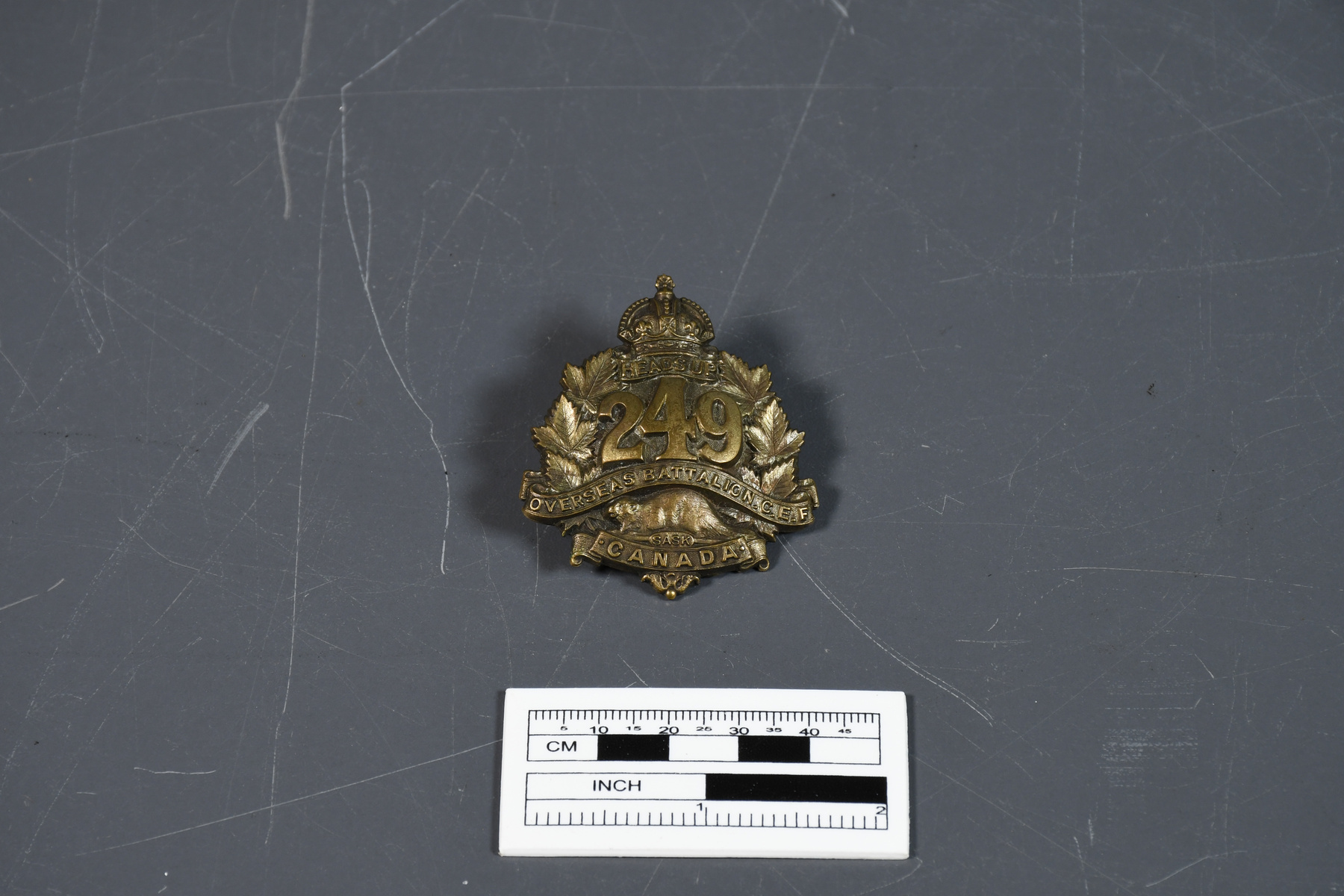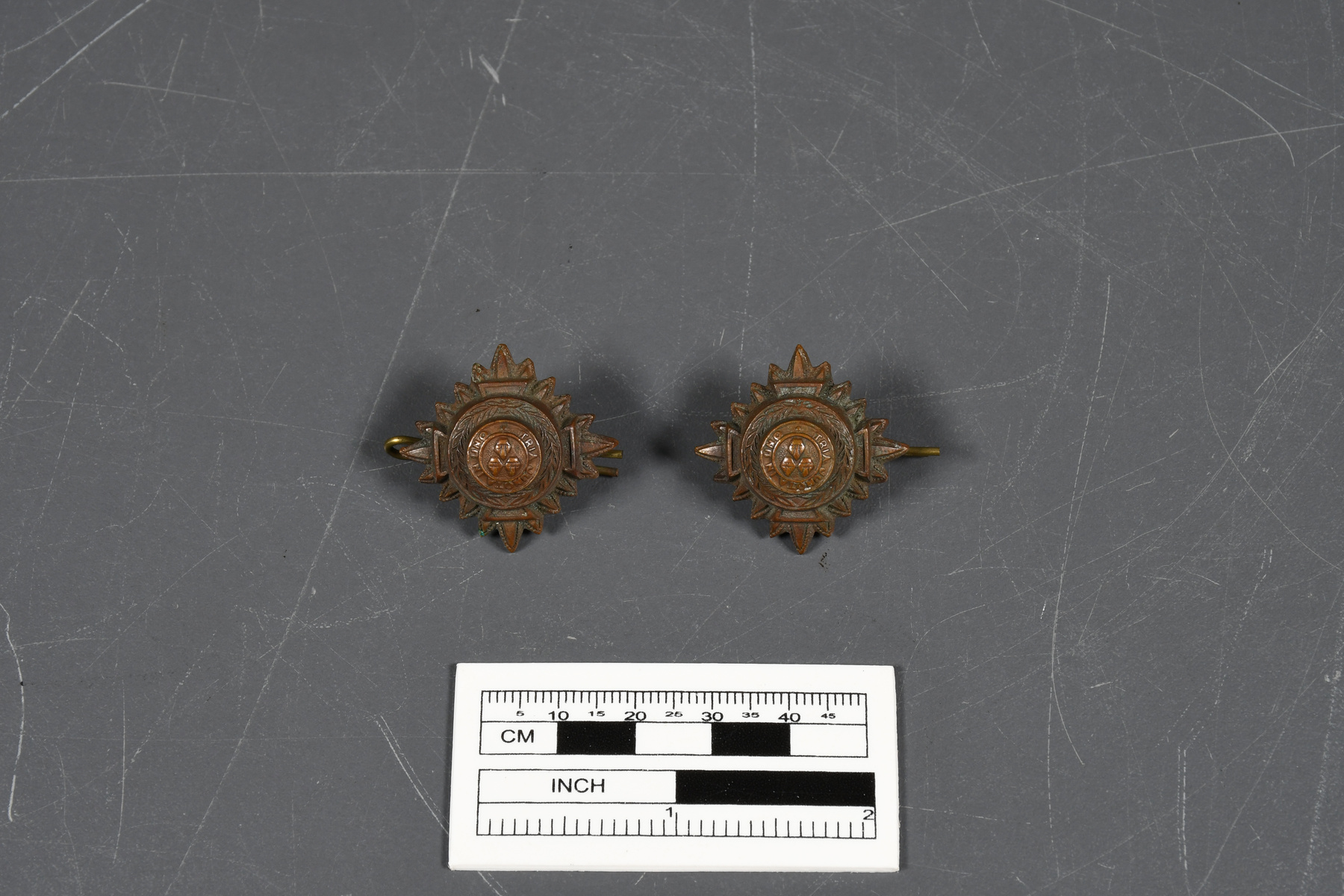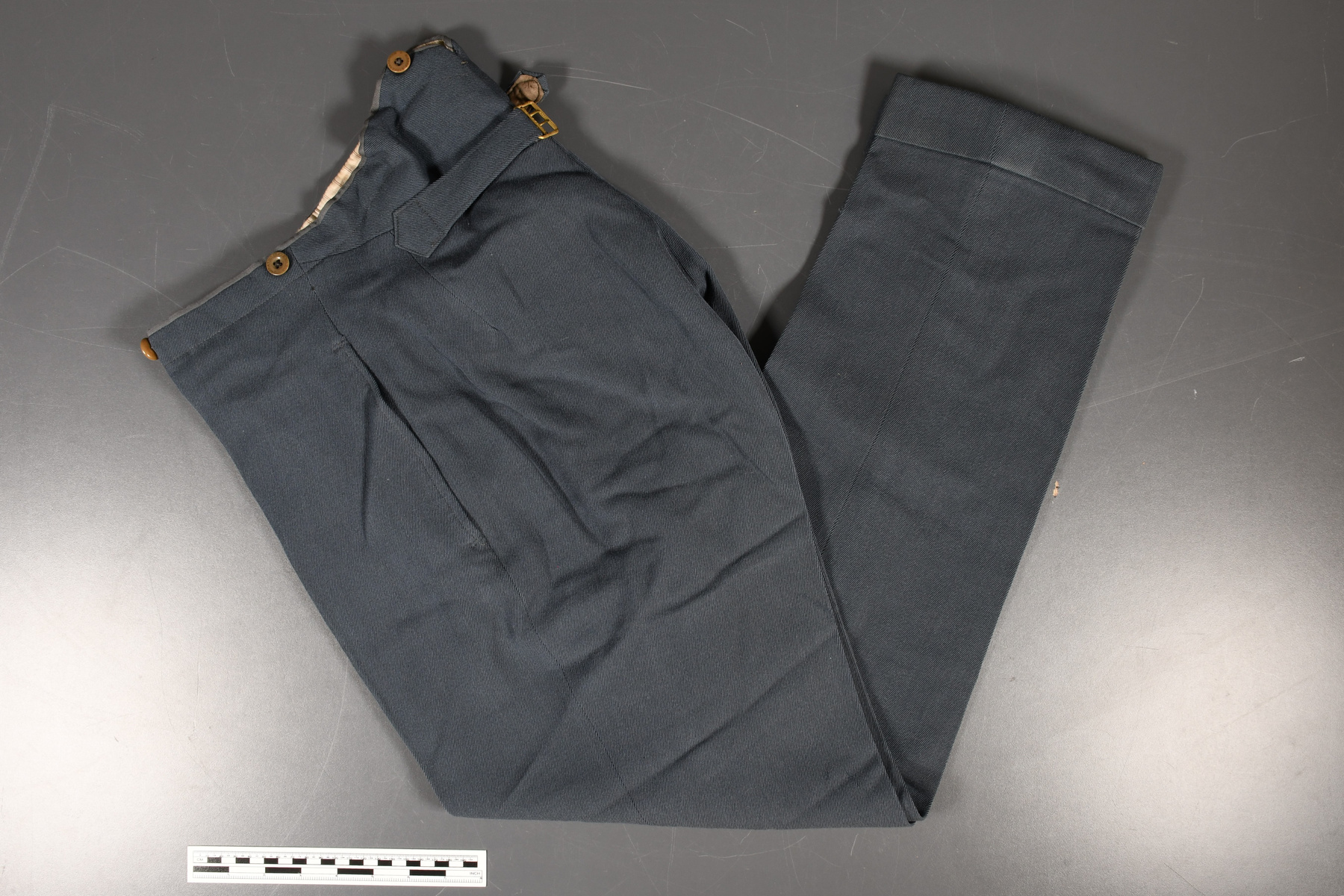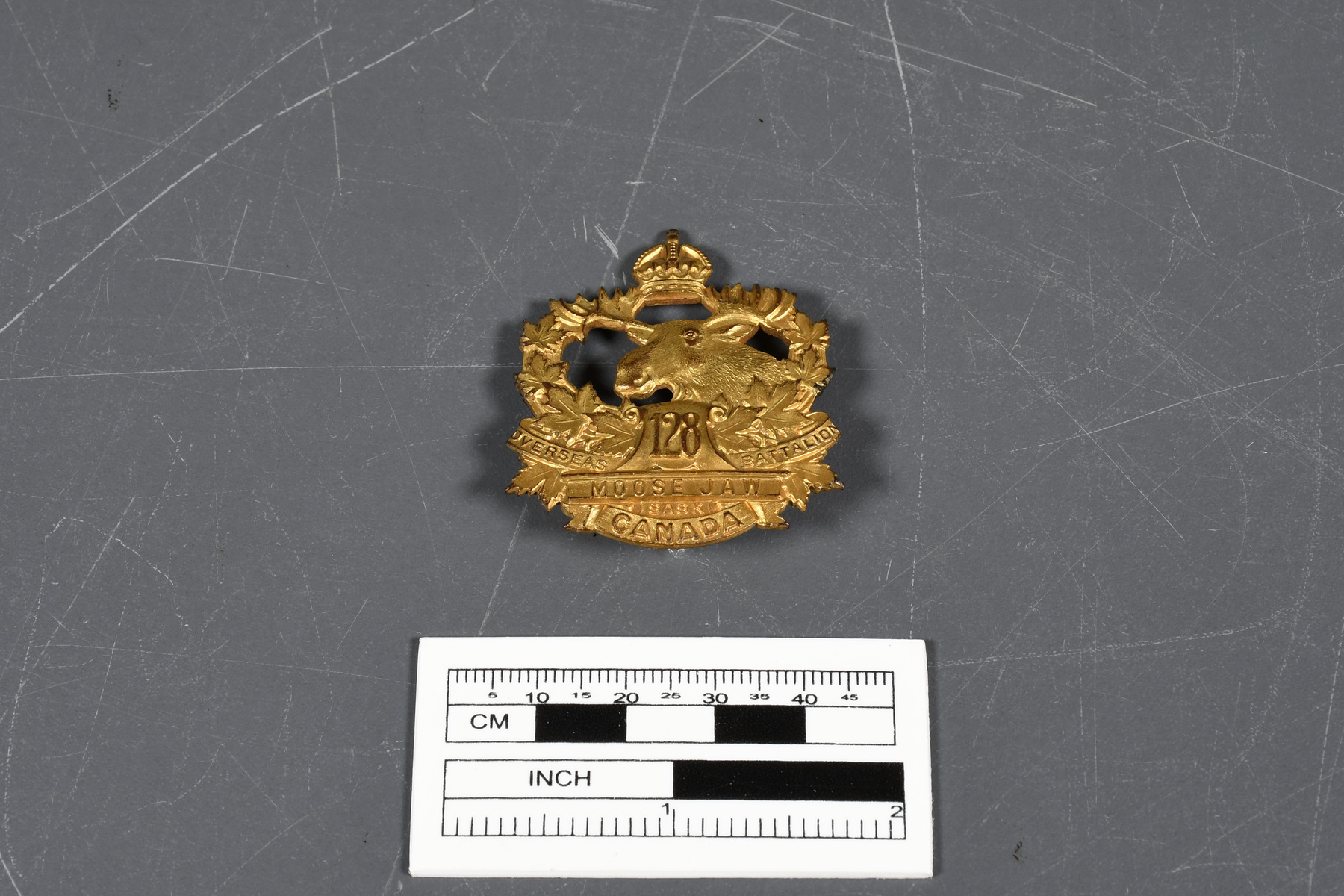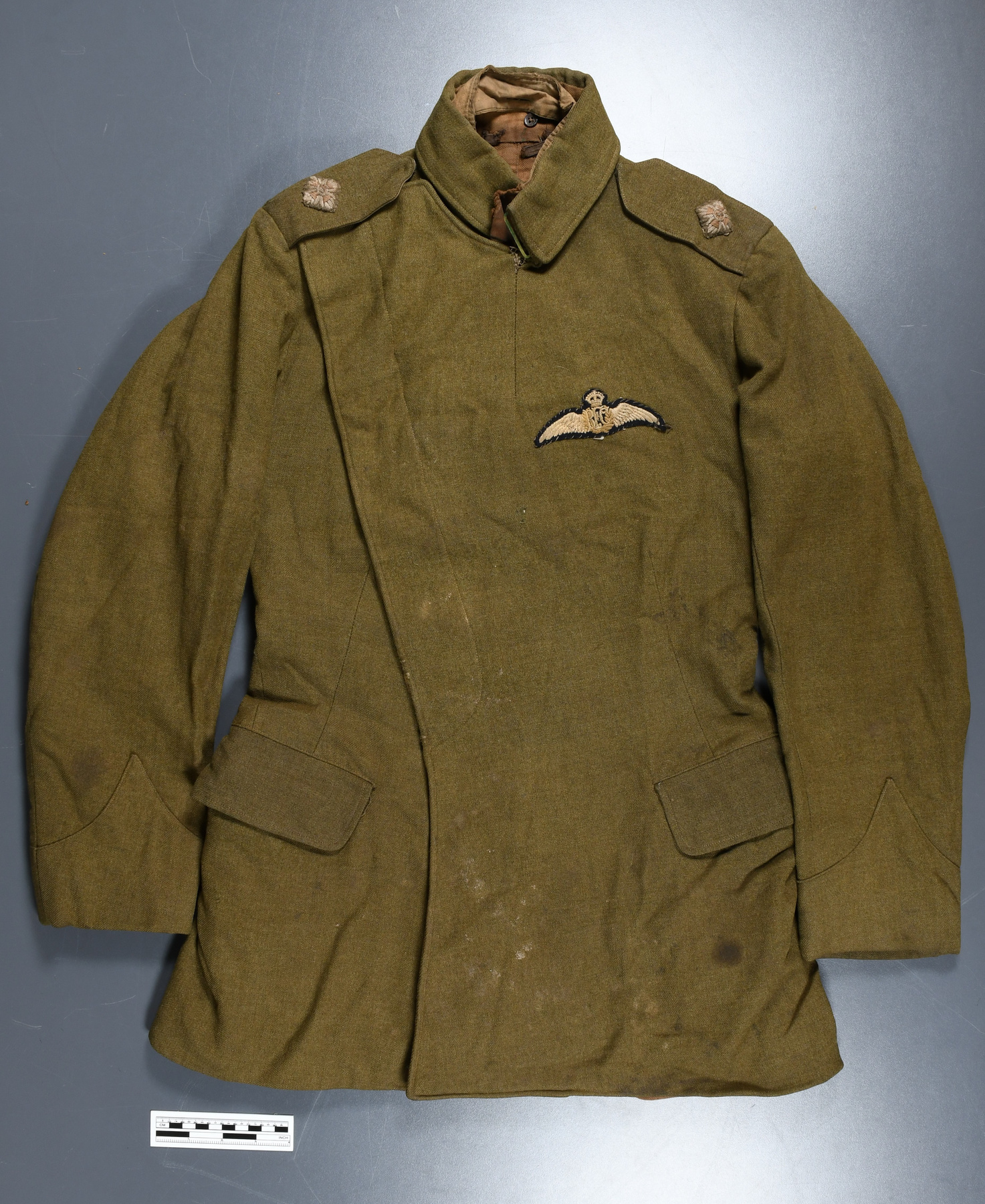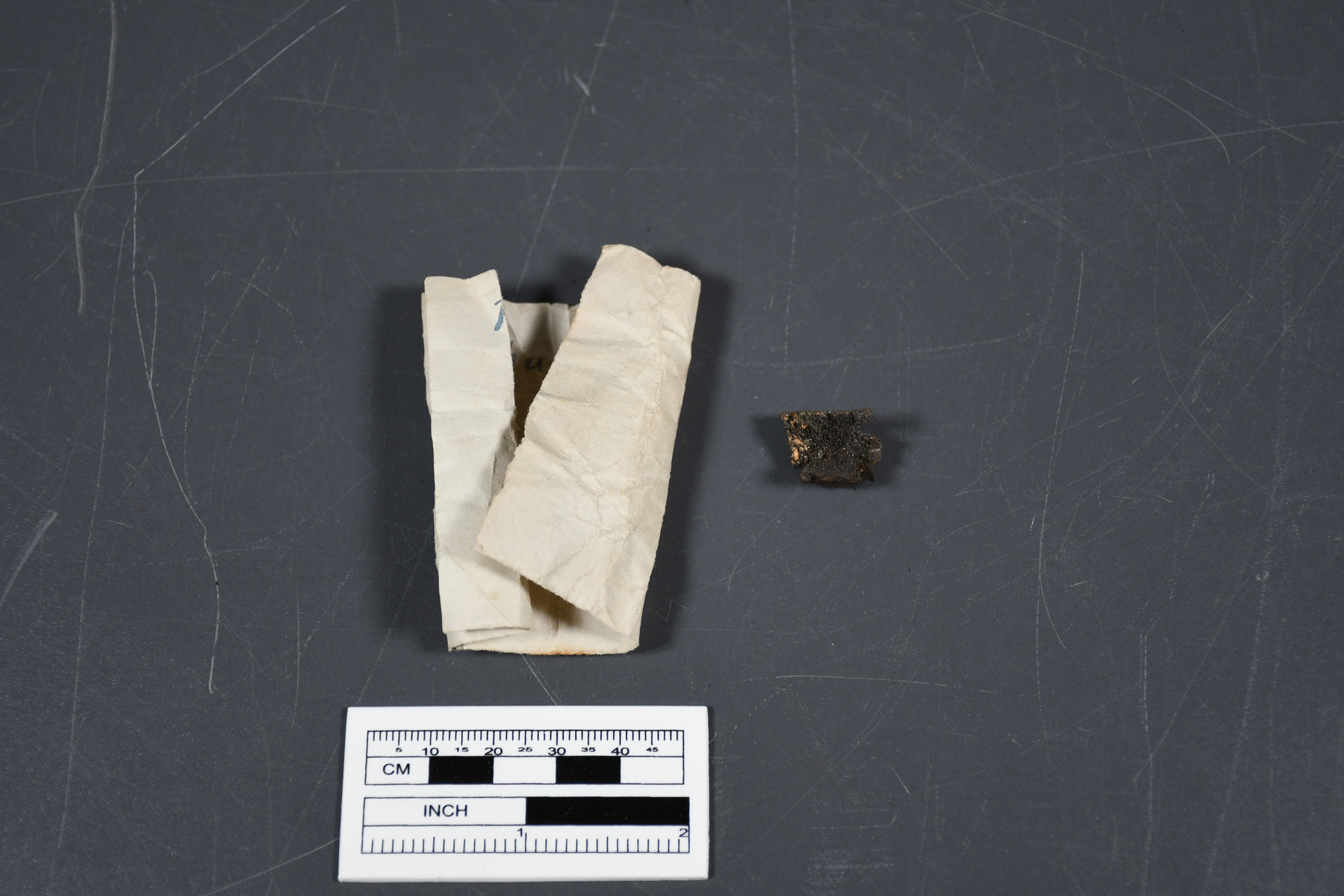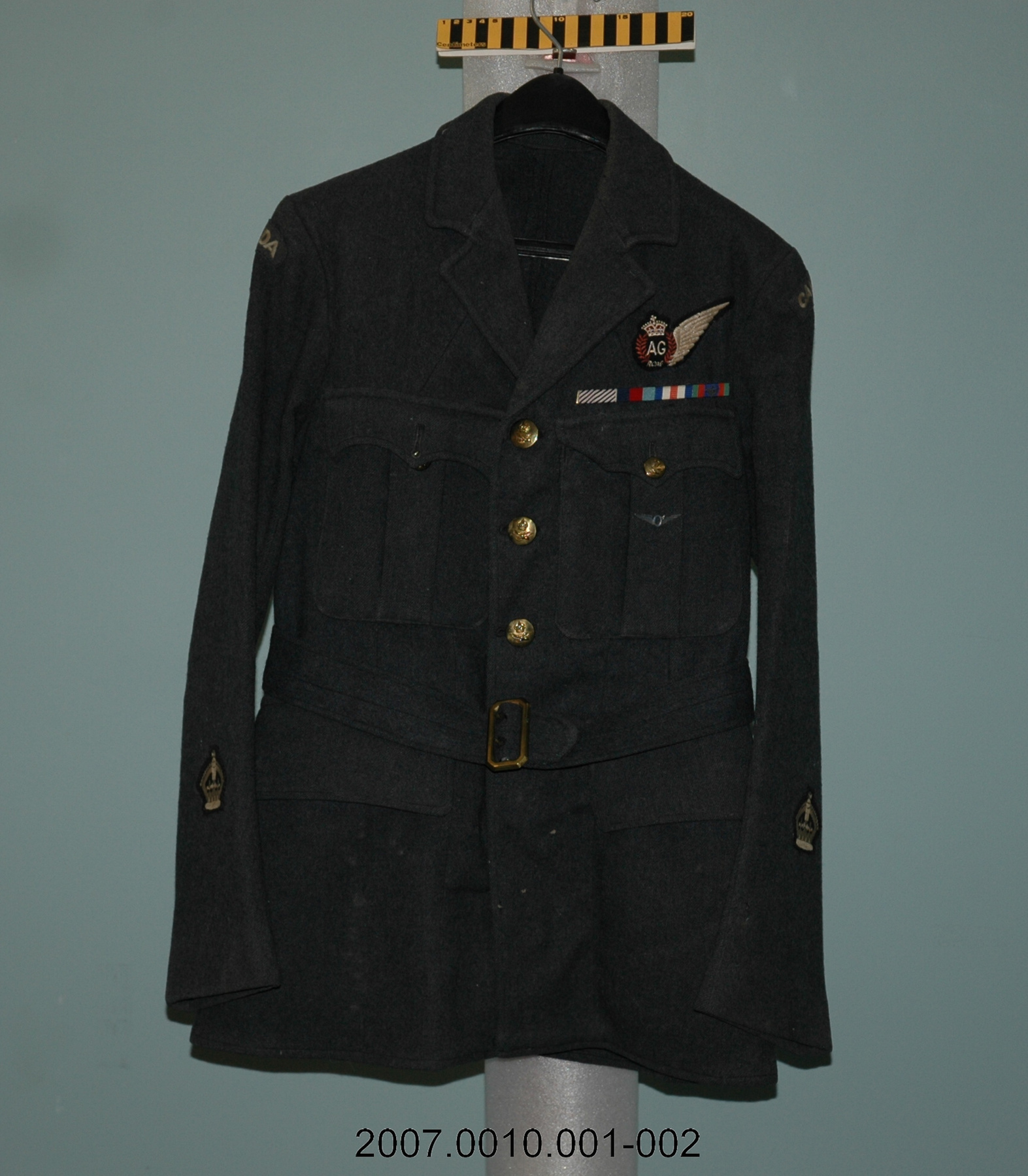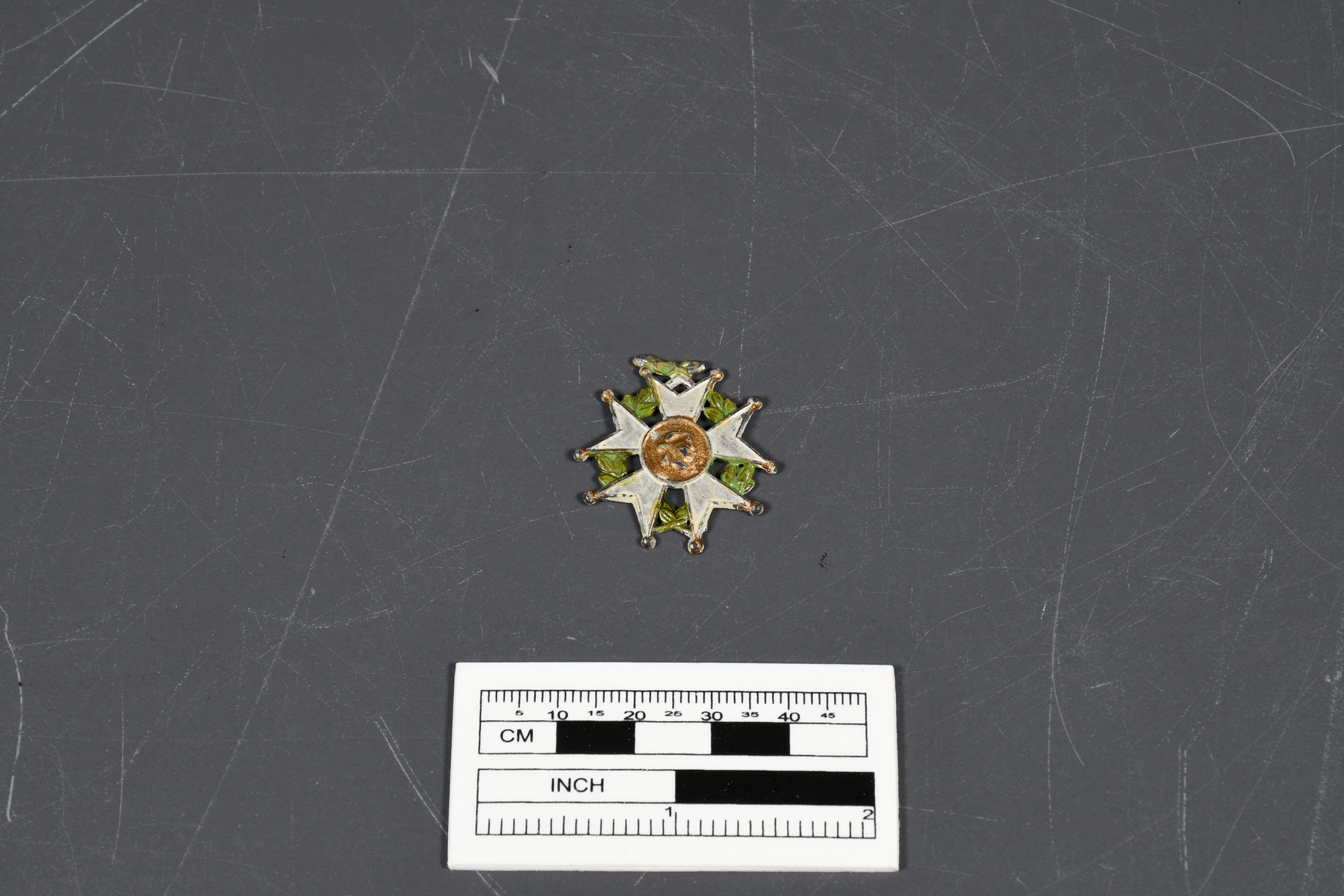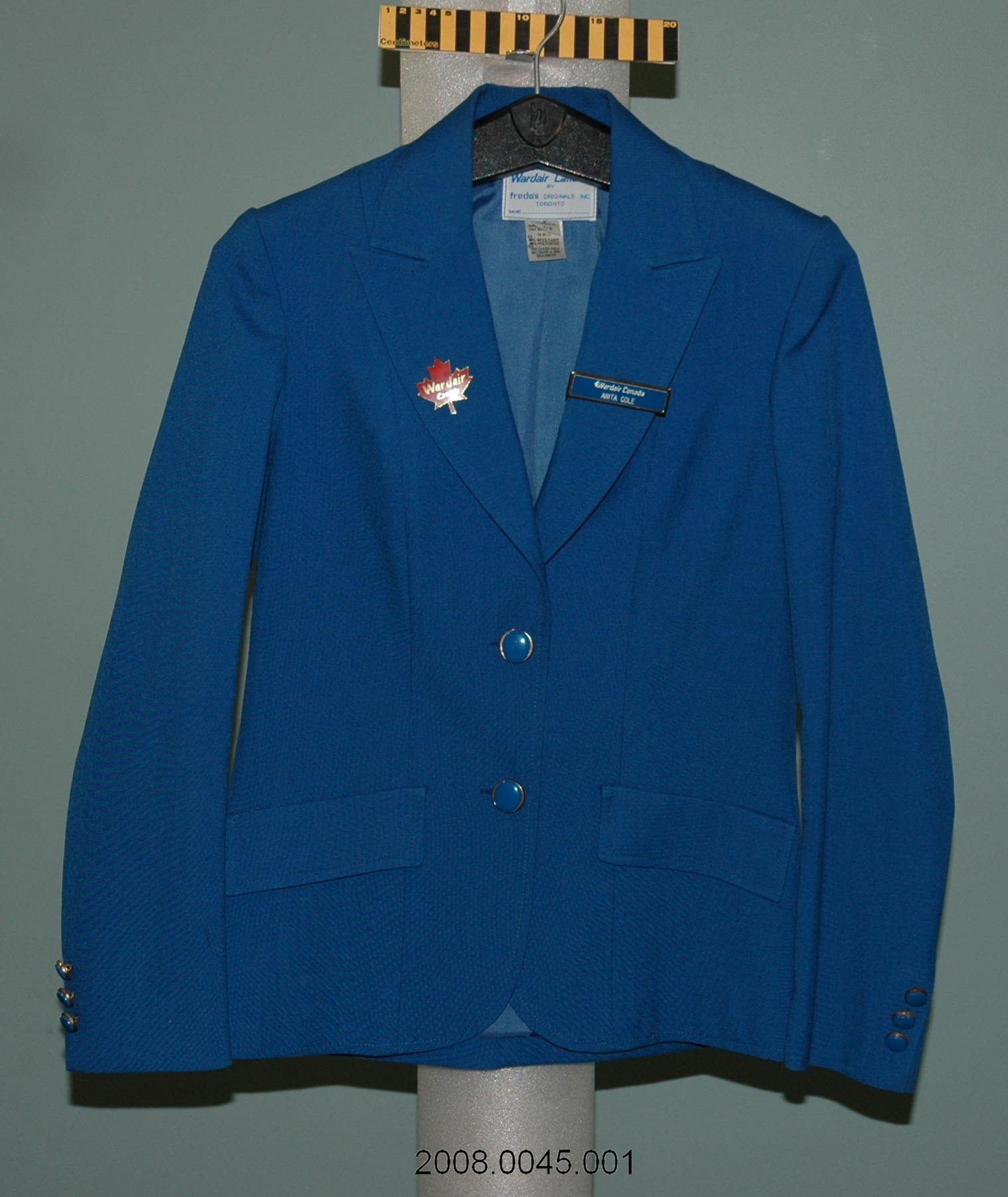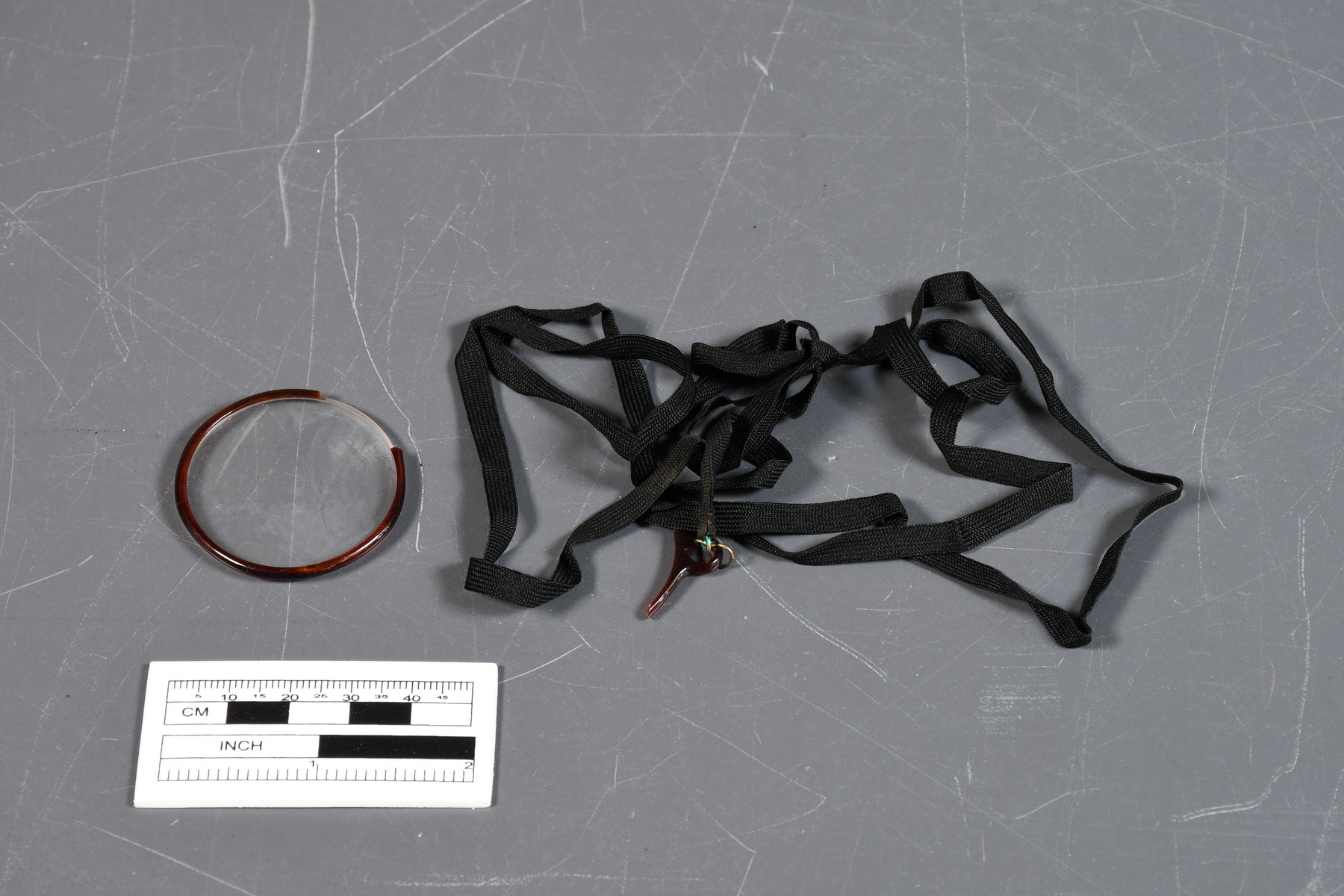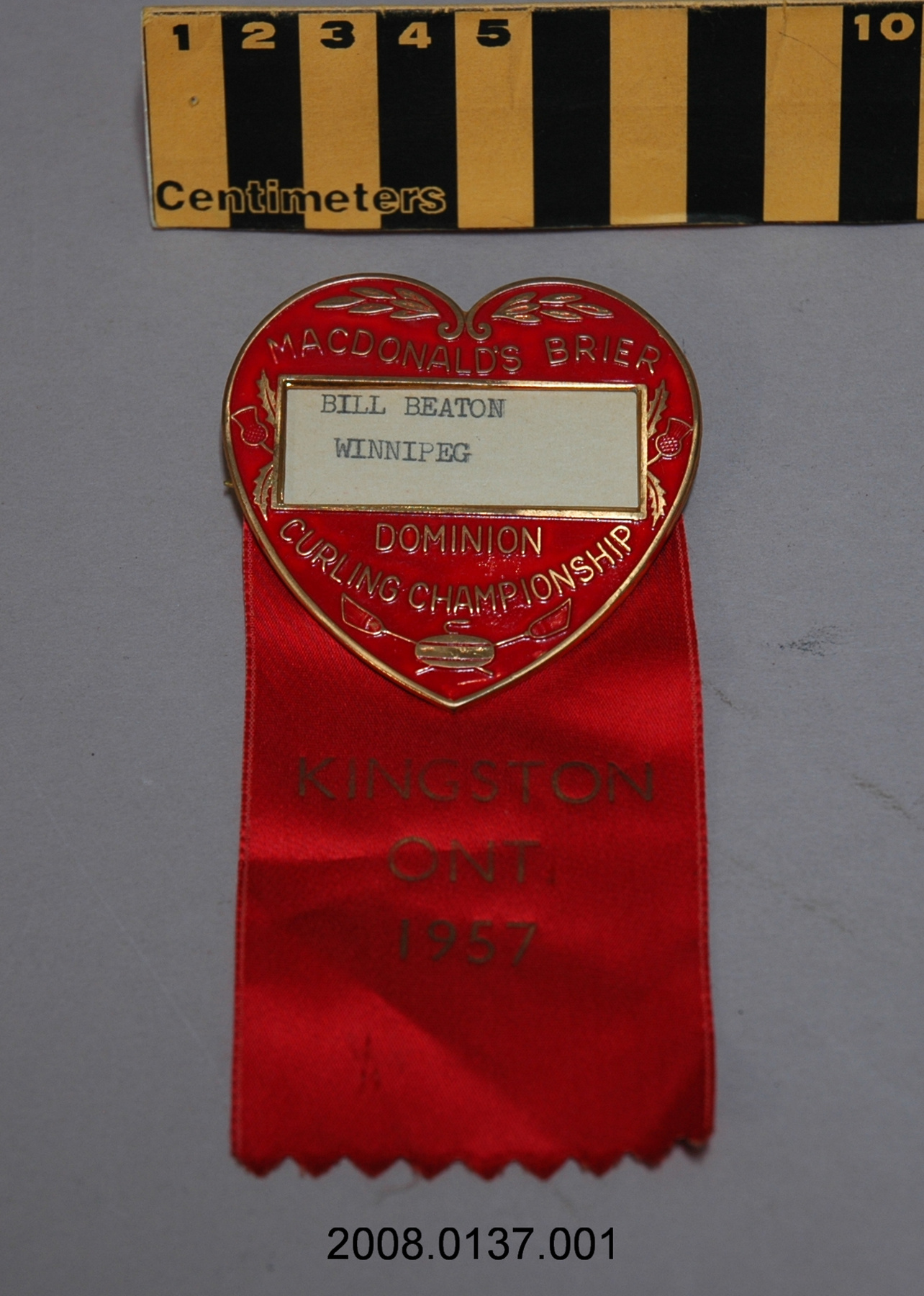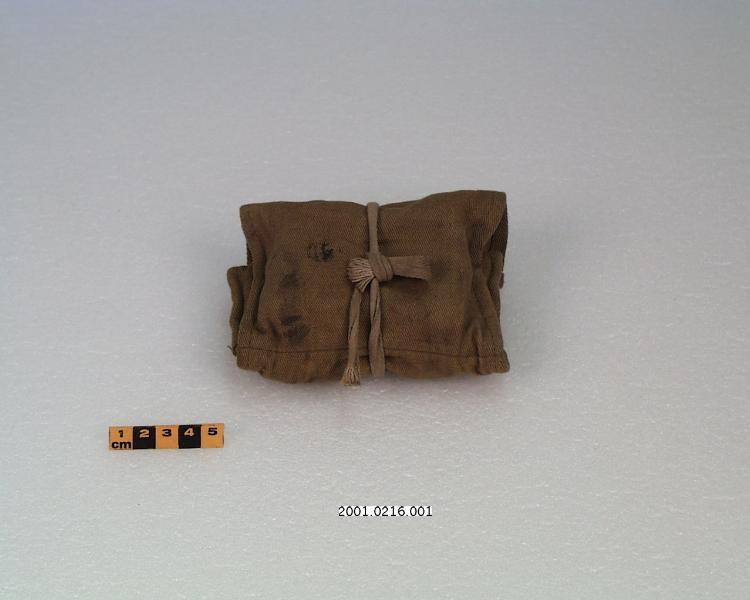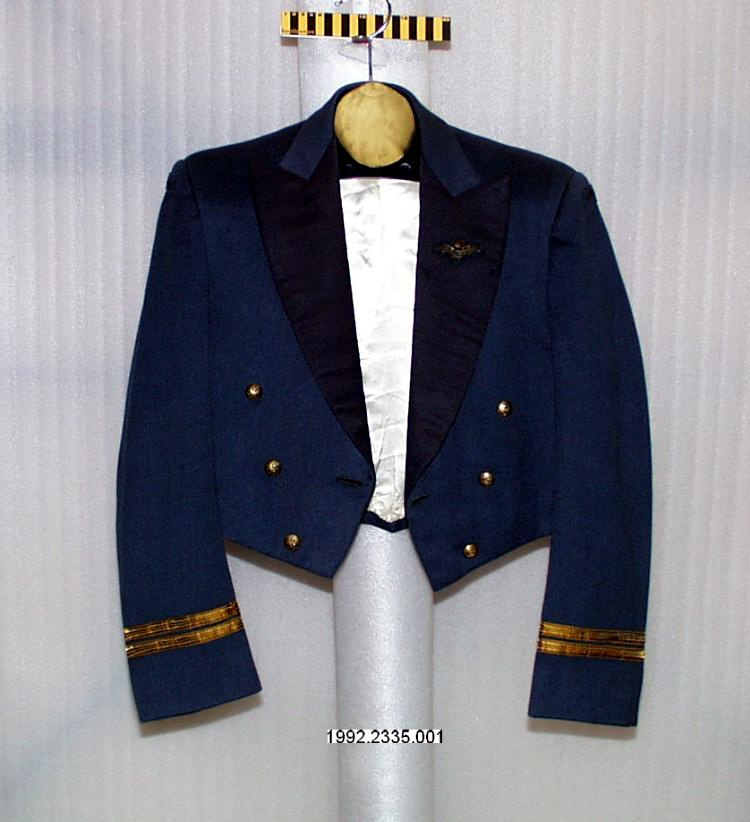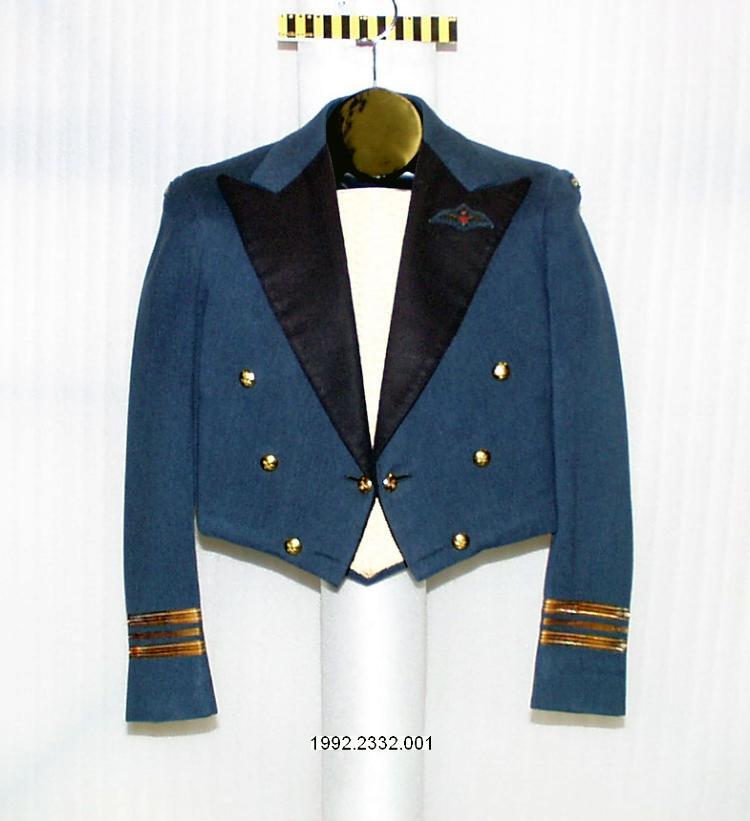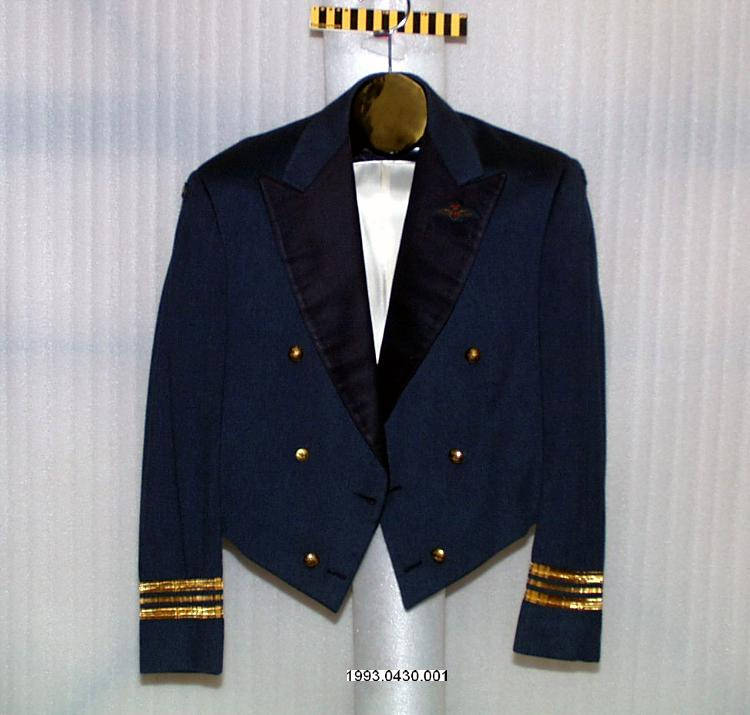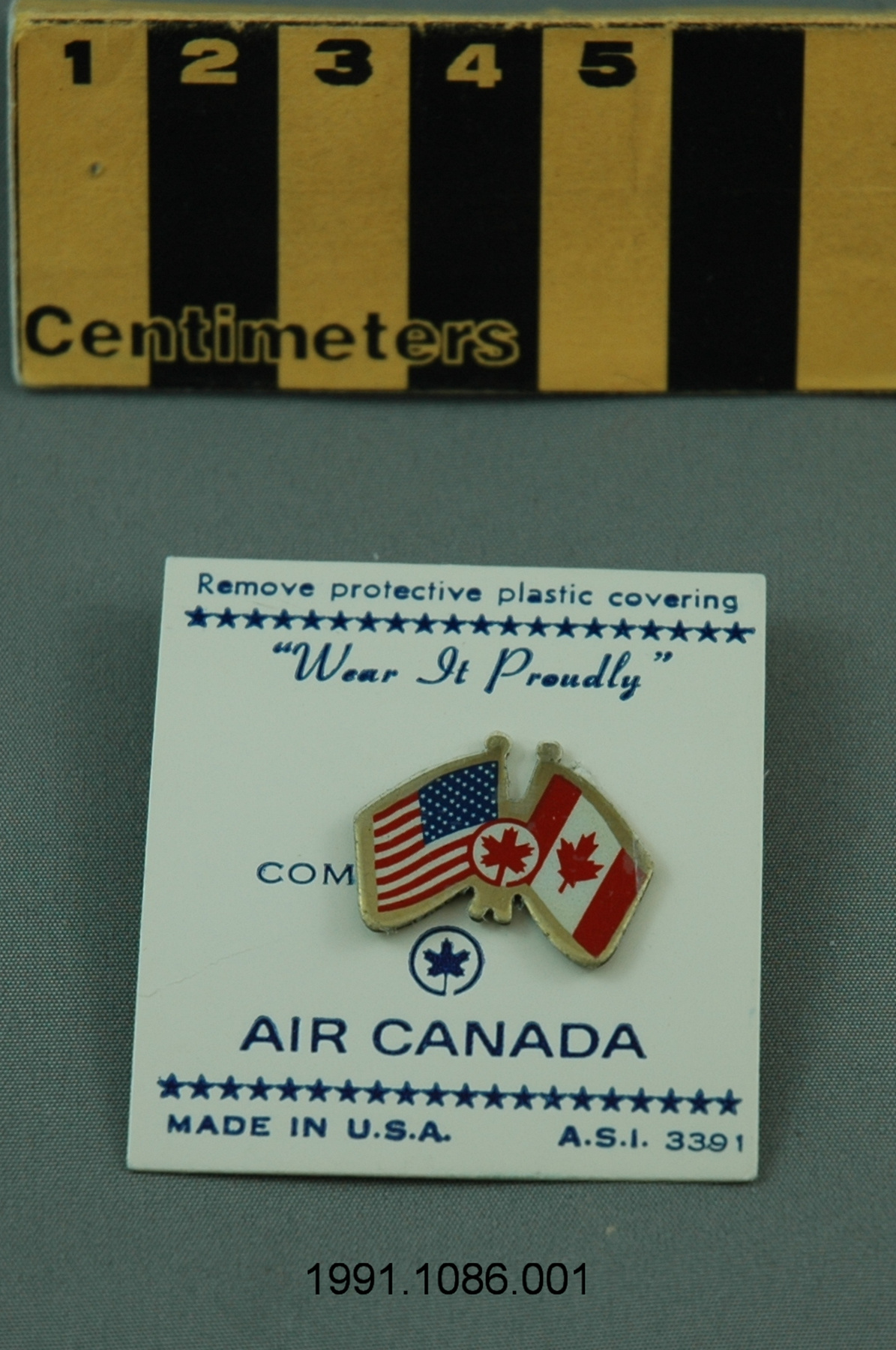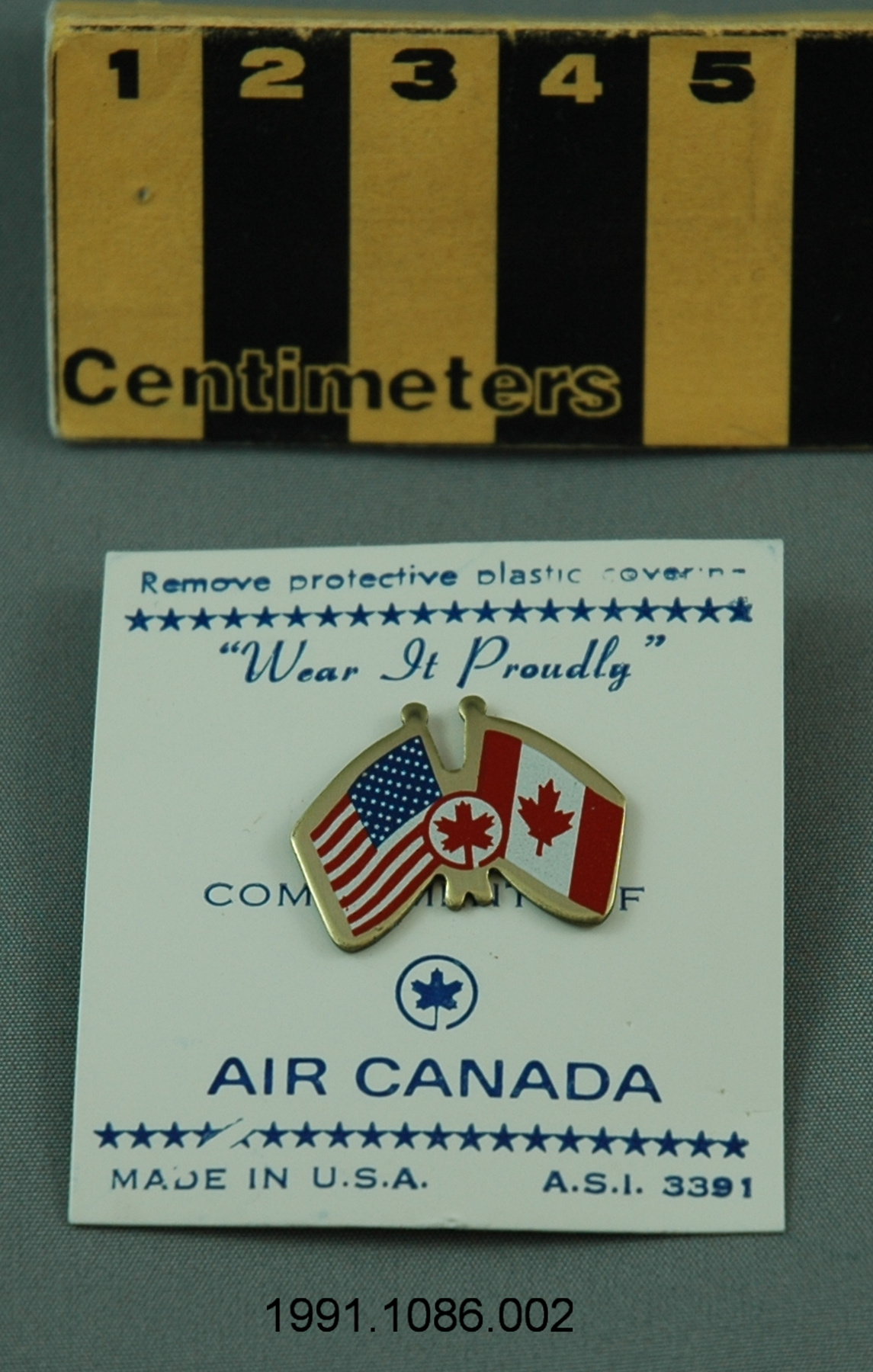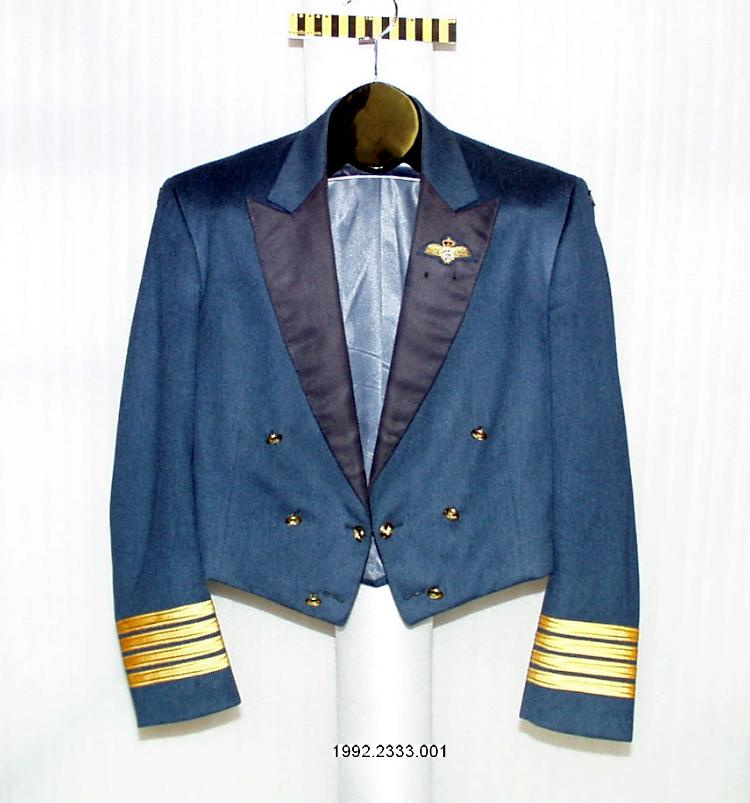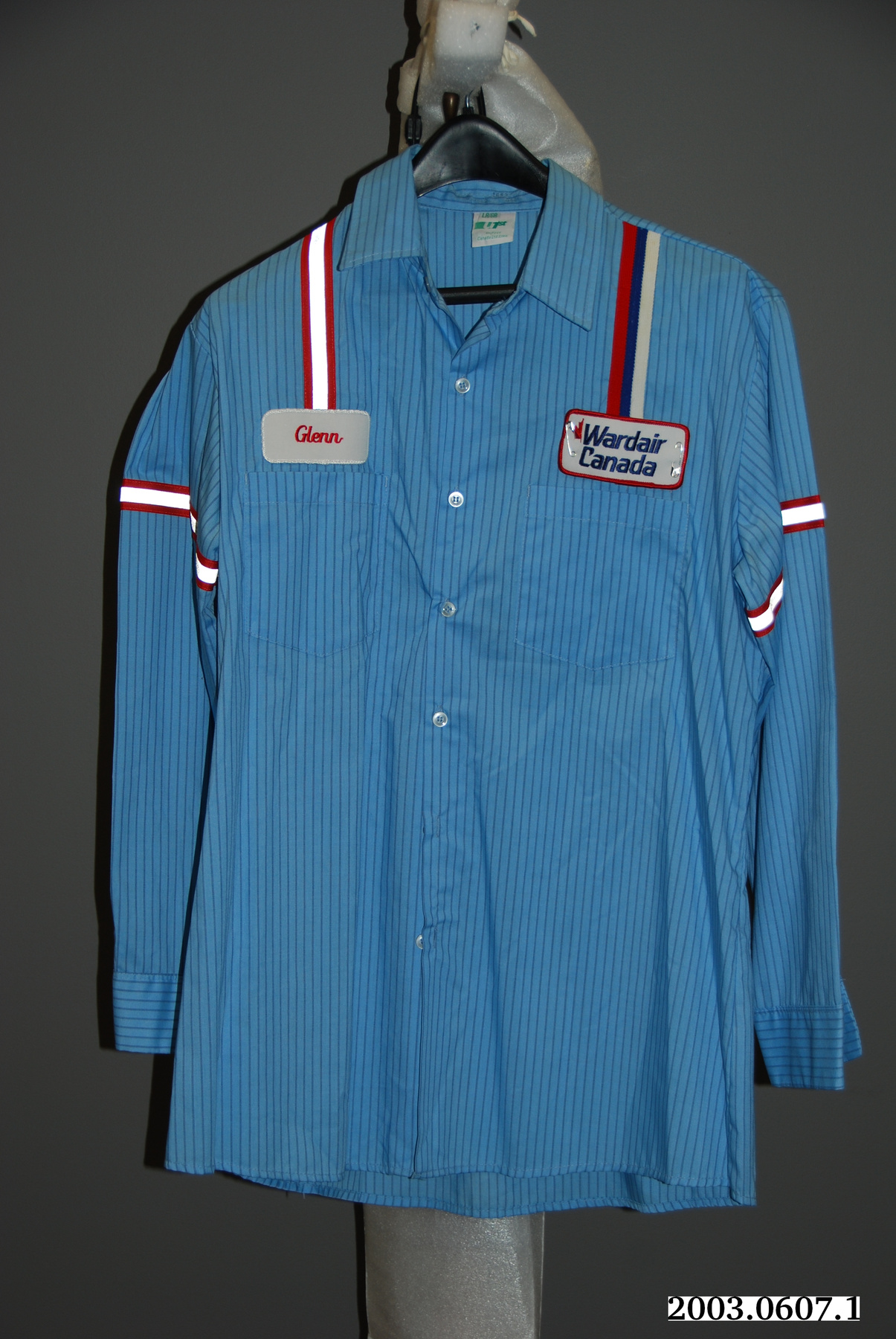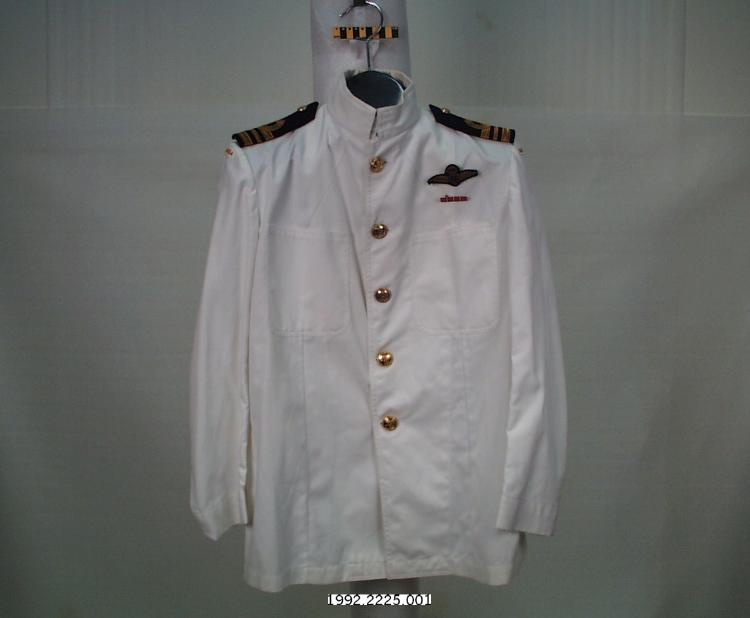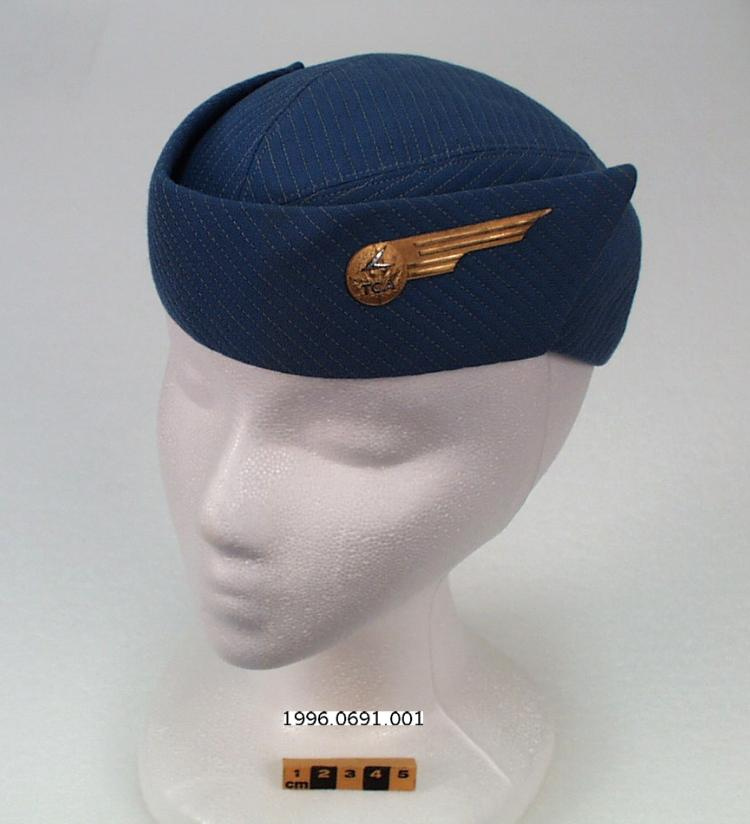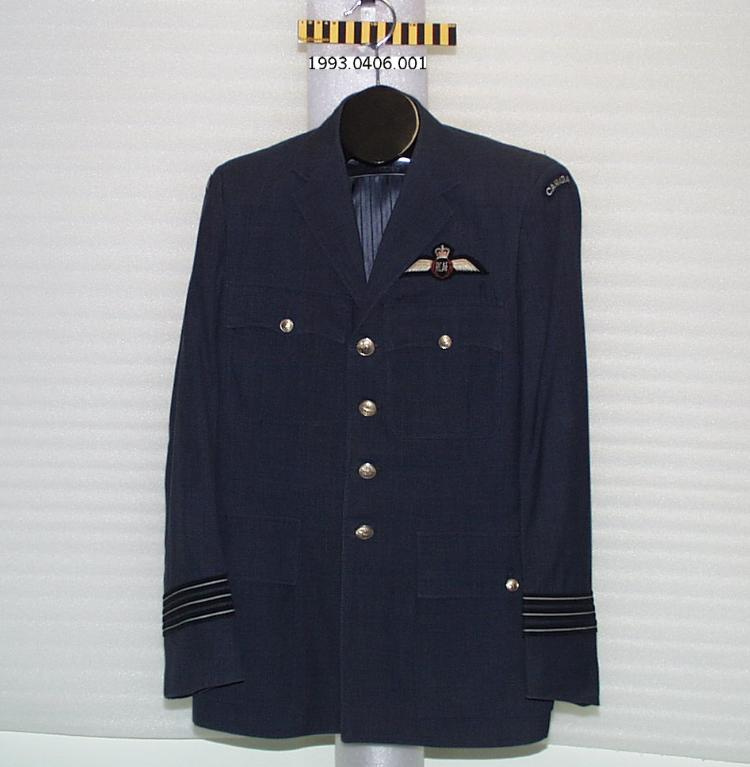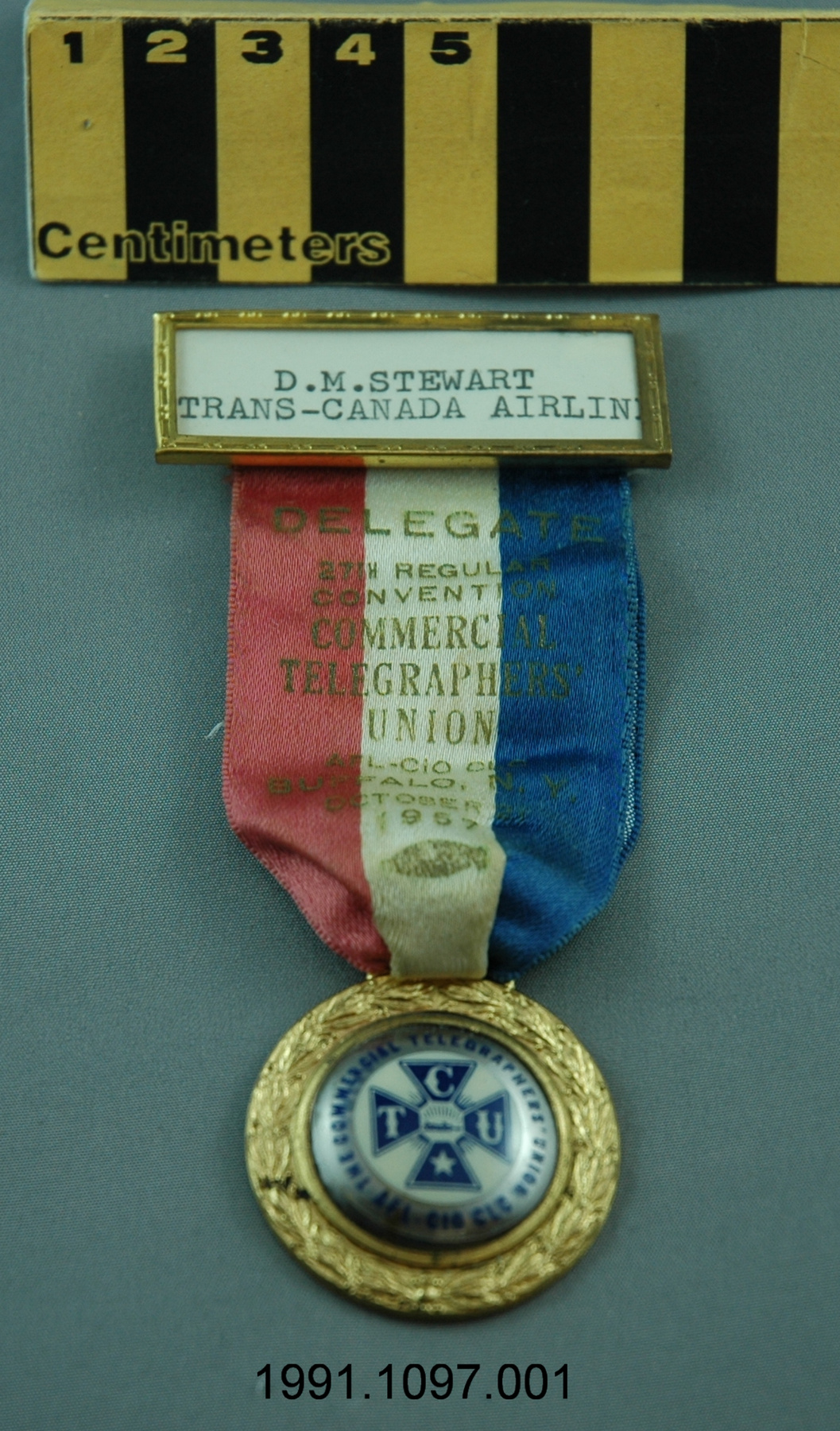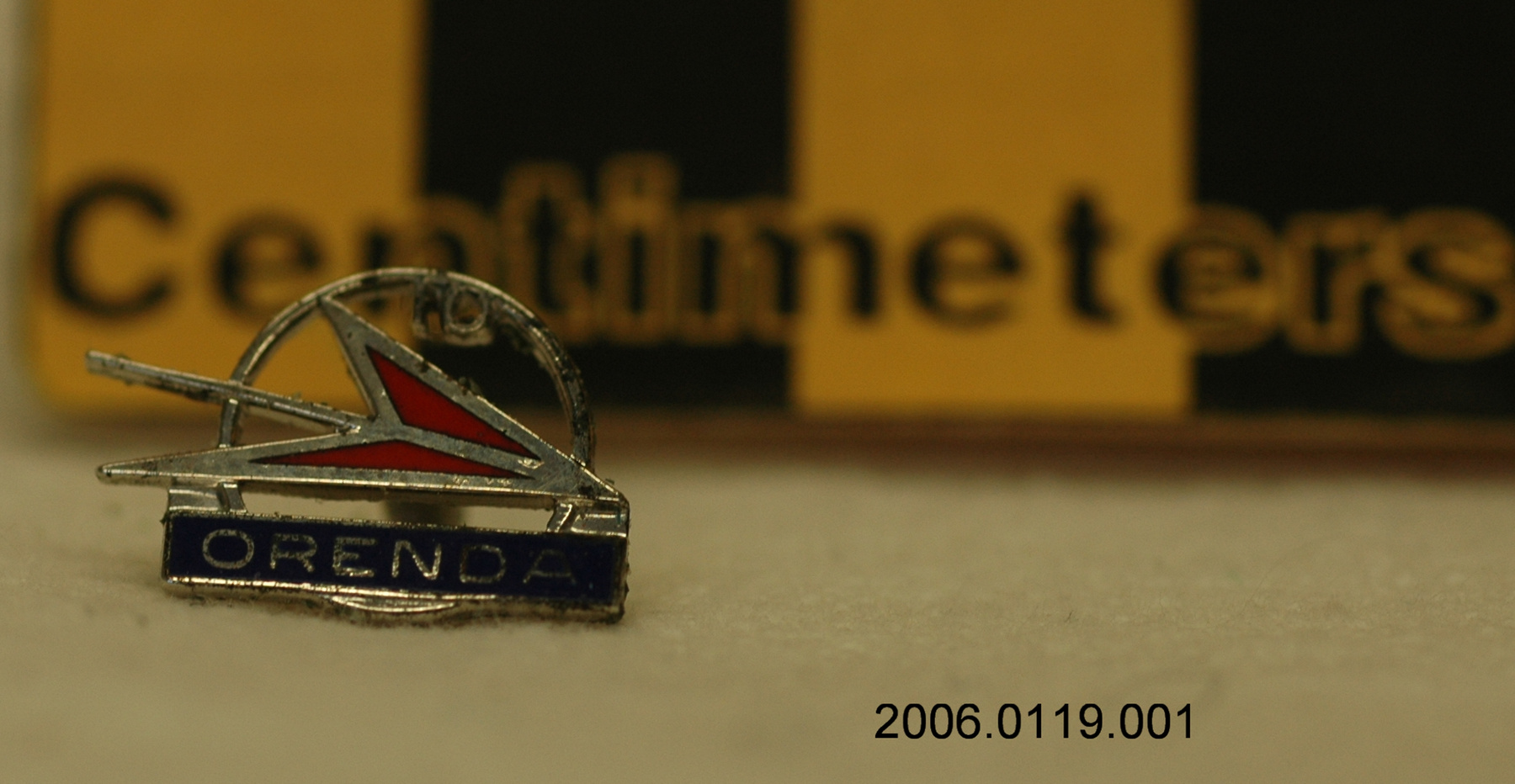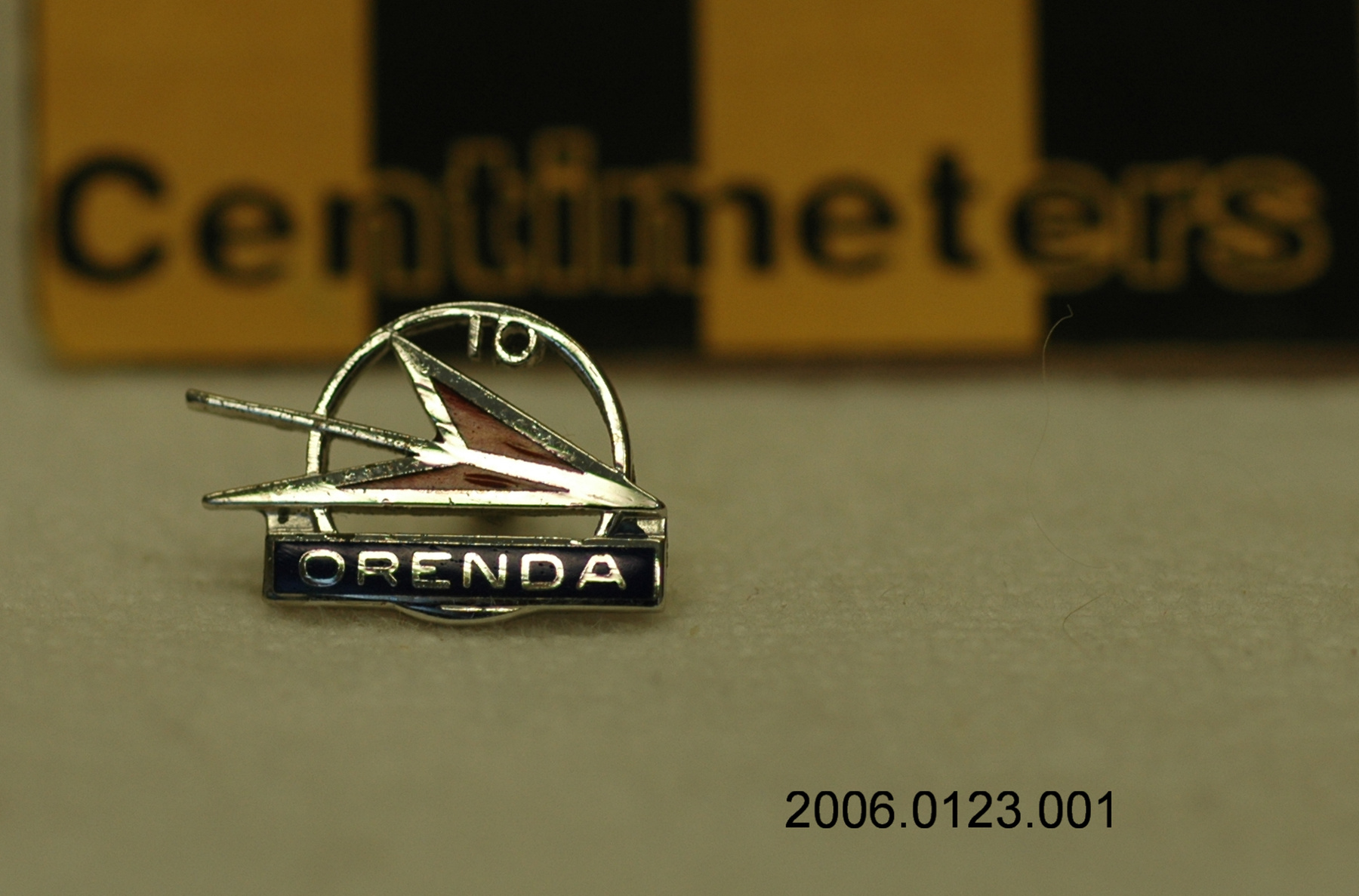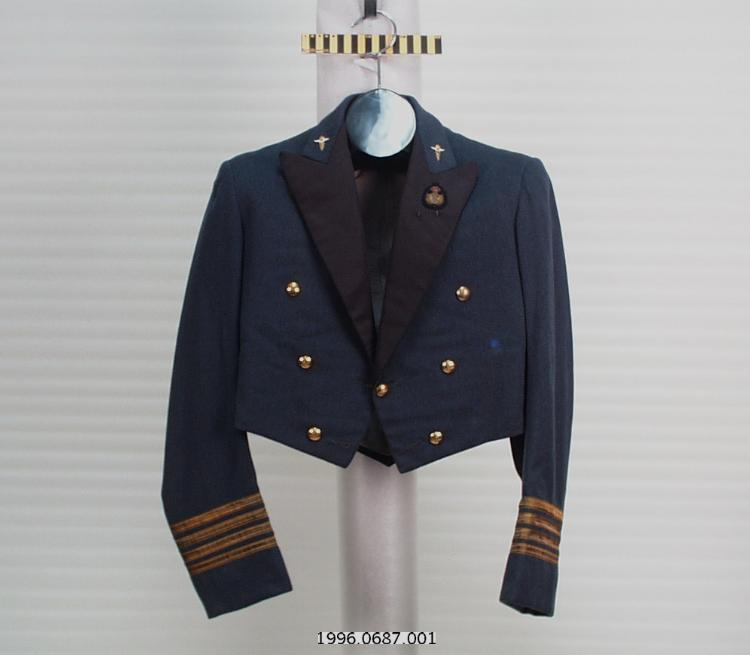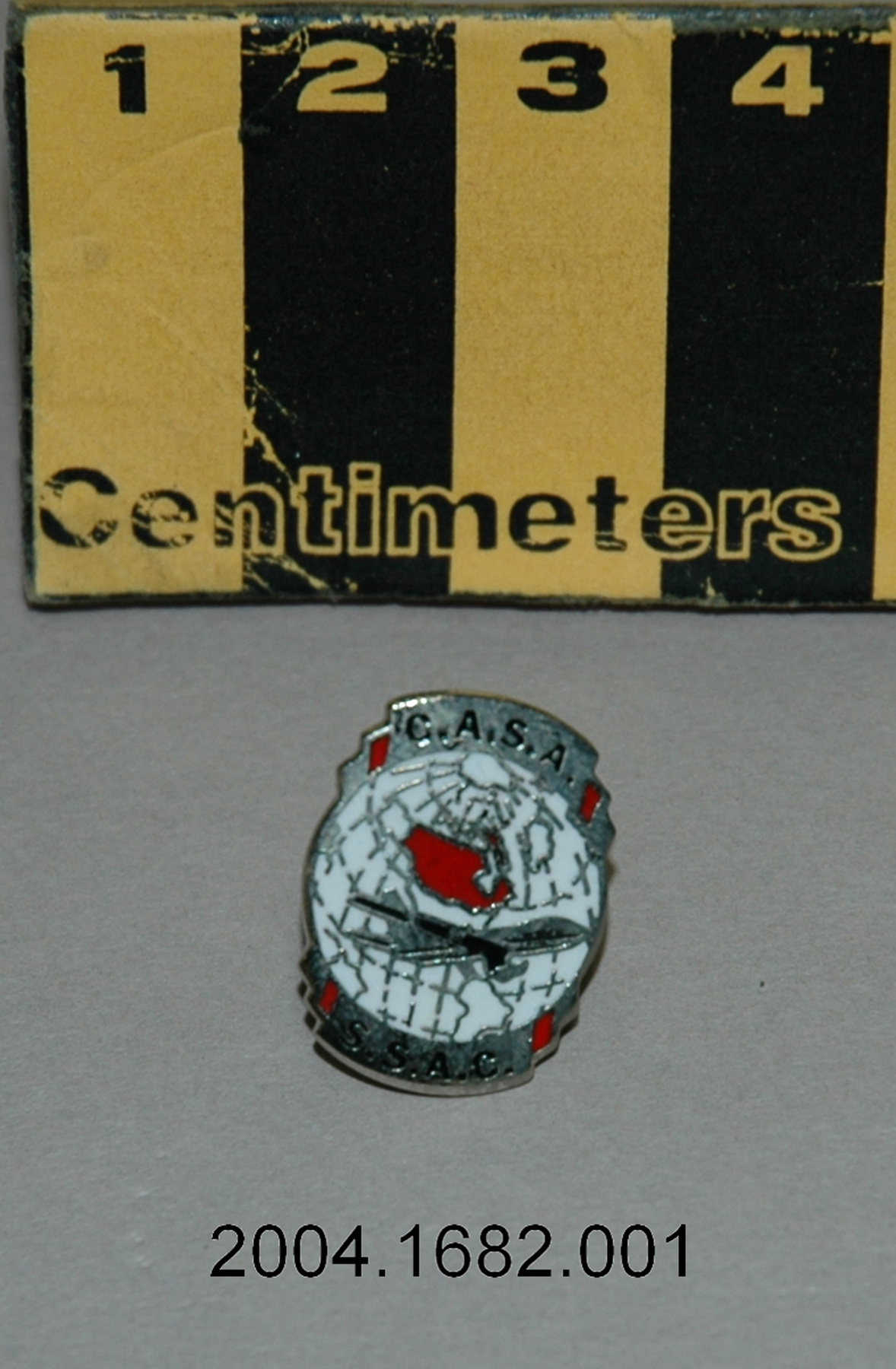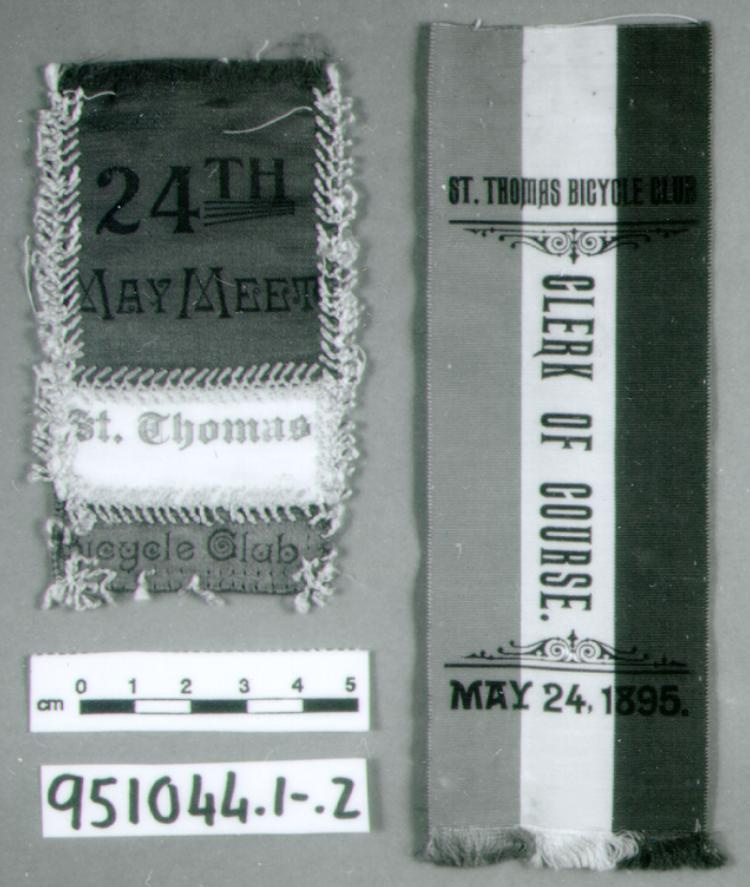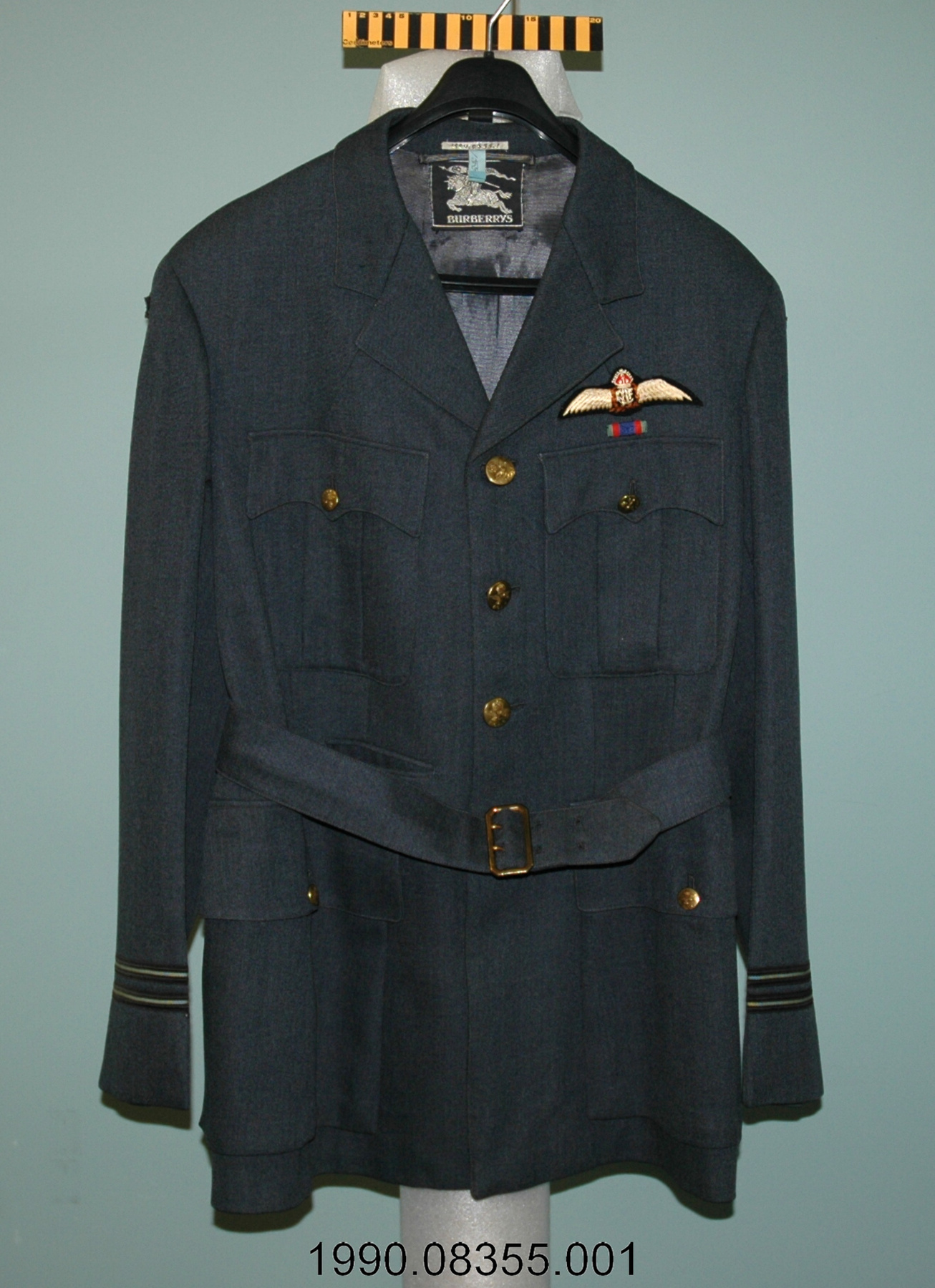Toy, stuffed animal
Use this image
Can I reuse this image without permission? Yes
Object images on the Ingenium Collection’s portal have the following Creative Commons license:
Copyright Ingenium / CC BY-NC-ND (Attribution-NonCommercial 4.0 International (CC BY-NC 4.0)
ATTRIBUTE THIS IMAGE
Ingenium,
2010.1461.001
Permalink:
Ingenium is releasing this image under the Creative Commons licensing framework, and encourages downloading and reuse for non-commercial purposes. Please acknowledge Ingenium and cite the artifact number.
DOWNLOAD IMAGEPURCHASE THIS IMAGE
This image is free for non-commercial use.
For commercial use, please consult our Reproduction Fees and contact us to purchase the image.
- OBJECT TYPE
- Commemorative
- DATE
- 1925
- ARTIFACT NUMBER
- 2010.1461.001
- MANUFACTURER
- Unknown
- MODEL
- Unknown
- LOCATION
- Unknown
More Information
General Information
- Serial #
- N/A
- Part Number
- 1
- Total Parts
- 1
- AKA
- N/A
- Patents
- N/A
- General Description
- Fabric; metal; synthetic materials; feathers; paper.
Dimensions
Note: These reflect the general size for storage and are not necessarily representative of the object's true dimensions.
- Length
- 50.0 cm
- Width
- 22.0 cm
- Height
- 10.0 cm
- Thickness
- N/A
- Weight
- N/A
- Diameter
- N/A
- Volume
- N/A
Lexicon
- Group
- Aviation
- Category
- Miscellaneous
- Sub-Category
- N/A
Manufacturer
- AKA
- Unknown
- Country
- Unknown
- State/Province
- Unknown
- City
- Unknown
Context
- Country
- Canada
- State/Province
- Unknown
- Period
- The usage period is unknown.
- Canada
-
The individual to whom this artifact belonged was Selwyn Thompson “Sel” Franks (1899-1985). He was born on September 21st, 1899, in Weston, Ontario. His family moved to Regina, Saskatchewan, between 1907 and 1908. According to family lore, Franks enlisted in the British Army’s air service, the Royal Flying Corps, in 1916. He left for training after completing high school. The institution he attended was the Regina Collegiate Institute, the city’s first high school. Franks’ initial training took place at the University of Toronto. During the winter of 1917 to 1918, he was one of the many trainees who went to Texas, near Fort Worth, to continue his training. Franks obtained his pilot qualification badge in early 1918. After a brief visit in Regina in March, Franks sailed toward the United Kingdoms, where he arrived in April. Once there, the young officer, either second lieutenant or lieutenant, received further training. In August of 1918, Franks crossed into France where he was assigned to a bomber unit, the No. 49 Squadron, in the Royal Air Force. Franks took part in a number of missions, or sorties, both low-level ones near the front and high-level ones further behind enemy lines. Franks kept on flying until the Armistice. At some point thereafter, the No. 49 Squadron was sent to a French village near the Belgian border, then to a town in Germany. The unit stayed there until July 1919, when it was disbanded. Franks himself was already home by then, as he had apparently arrived in Regina on May 1st, 1919. The presence of four Canadian Air Force (CAF) buttons and a CAF cap badge in the donation could indicate that Franks was transferred to this service, at least on paper, at some point between its authorization, in August and September of 1918, and the disbandment of its two squadrons in the United Kingdoms, in January and February of 1920. Franks was a member of the 1923 class of the University of Toronto’s Faculty of Applied Science and Engineering. This being said, a burst appendix delayed his graduation as an electrical engineer until 1924. His brother, Wilbur Rounding Franks (1901-1986), is the gentleman who, during the Second World War, developed a G-suit, a special type of flying suit for pilots designed to reduce the impact of tight turns in aerial combat. The Franks G-suit was one of a few developed by Allied countries during the Second World War. - Function
-
The use of this artifact is unknown. - Technical
-
Unknown - Area Notes
-
Unknown
Details
- Markings
- Lettering on red card reads: “BIG SISTER/ASSN./INC./TAG DAY/BIG SISTER/ASSN./INC./TAG DAY”; lettering on primarily white card reads: “MR./FRANKS/TALLY/1 84/2 459/3 150/4 80/5 50/ NAME 823/TABLE DATE COUPL/5 1/TOTAL/THE BUZZA CO./CRAFTACRES, Mpis., U. S. A./T-2482”; lettering on blue card reads: “ISLINGTON GOLD CLUB/LIMITED/VISITORS’ CARD/NO. 252/DAY AND DATE/NAME/[illegible signature]/ATTACH THIS CARD TO YOUR BAG/CARDS SUBJECT TO INSPECTION BY/GREENSKEEPER OR SECRETARY/ISSUE BY [illegible signature]”; lettering on button reads: “FEDERATE CHARITIES/1927 CAMPAIGN/GIVE WITH/A BIG/HEART/MADE IN MONTREAL BY E. C. FORD”; lettering on white and black ribbon reads: “PARK/97/CLUB/SPECIAL/FEB 11 1926/J. P. MONCEL,/Badges/and Buttons/Made in/Canada/MONTREAL”; lettering on beige paper and yellow and black ribbons reads: “COMMITTEE/Woodlands/BOATING/CLUB/MEMBER/1926”; lettering on beige paper on underside of yellow and black ribbon reads: “J. P. MONCEL/Badges, Buttons/Montreal”; lettering on beige paper on underside of yellow and black ribbon reads: “J. P. MONCEL/Badges, Buttons/Montreal/Fait au Canada/INSIGNES/BOUTONS”; lettering on silver colored and beige badge reads: “S.T. FRANKS”; embossed lettering on silver colored badge reads: “THE/ENGINEERING INSTITUTE/OF/CANADA/FOUNDED/1887”; lettering on white and navy blue ribbon reads: “THE/ENGINEERING/INSTITUTE/OF/CANADA”; embossed lettering on bronze colored lapel pin reads: “FOR SERVICE AT THE FRONT/CEF”; embossed lettering on copper colored part of ring reads: “DEUTSCHES REICH PFENNIG”.
- Missing
- The artifact appears complete.
- Finish
- Primarily brown body with black, grey, and beige accents; red card with white lettering; blue card with black and red lettering; primarily white card with blue, green, gold, red, and black accents and grey lettering; beige and red button with silver colored backing attached to a white and black ribbon; copper and silver colored ring; gold colored and beige badge with yellow and black ribbon; silver colored and beige badge with white and navy blue ribbon; yellow and black ribbon; beige card with red and navy blue lettering; beige card with brown lettering; pieces of red textile; blue and grey ribbons; piece of beige textile; faded purple and brown flower; bronze colored lapel pin with red, white, and dark blue accents; black lapel pin with blue accents; grey and white feather; silver colored safety pin; silver colored sewing pins; brown, white, and blue strings; black hook with white and brown feathers and threads.
- Decoration
- Stylized drawing of a man and a woman exchanging flowers on one of the cards; heart shape on button; stylized logo on one of the ribbons; star and stylized lines design on some of the ribbons; an Engineering Institute of Canada logo embossed on one of the badges; textile flower; paper flowers; lapel pin composed of two chevron lines, 3/4th of a circle, and a crown; lapel pin composed of a shield with the flag of England on the inside.
CITE THIS OBJECT
If you choose to share our information about this collection object, please cite:
Unknown Manufacturer, Toy, stuffed animal, after 1925, Artifact no. 2010.1461, Ingenium – Canada’s Museums of Science and Innovation, http://collection.ingeniumcanada.org/en/id/2010.1461.001/
FEEDBACK
Submit a question or comment about this artifact.
More Like This
